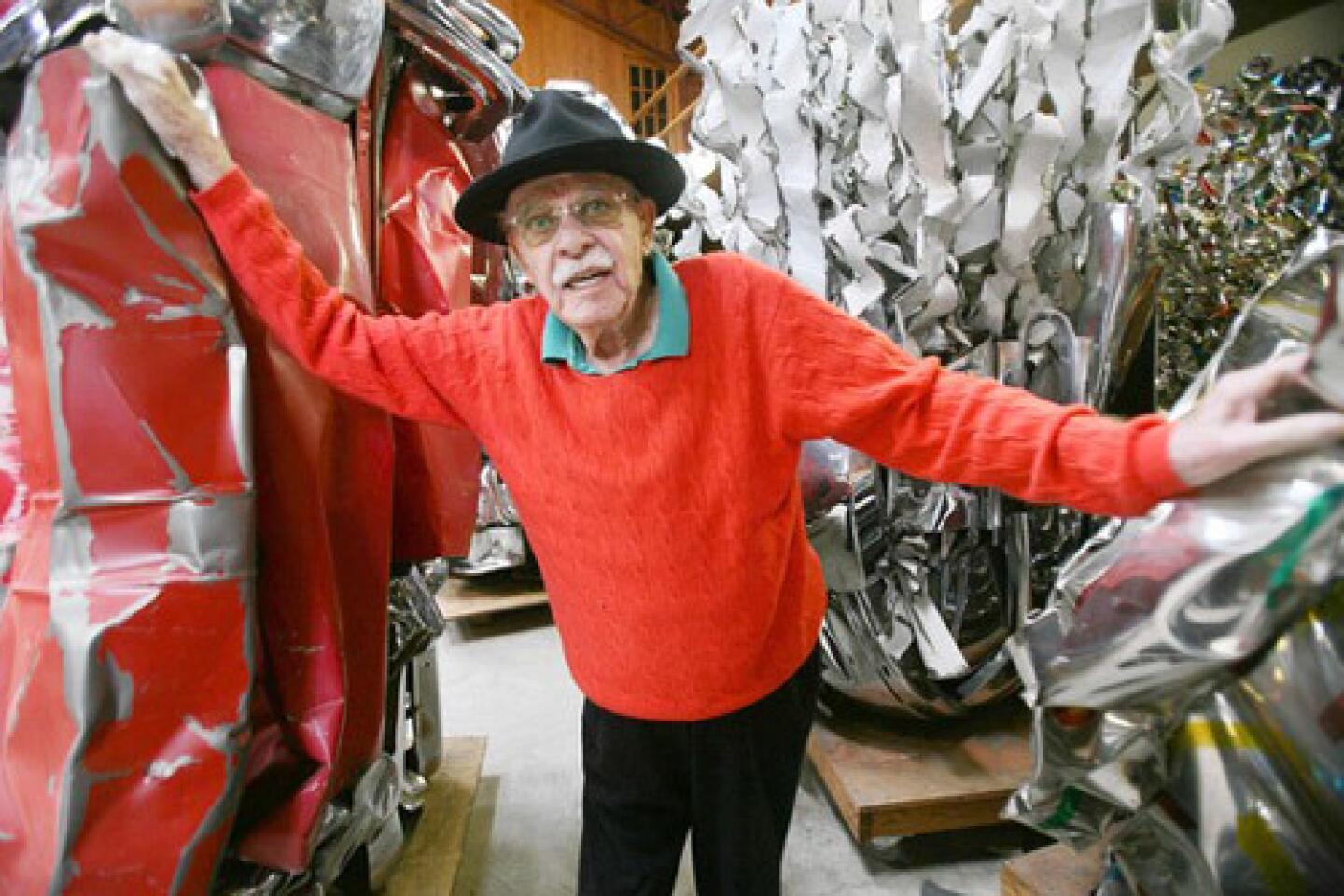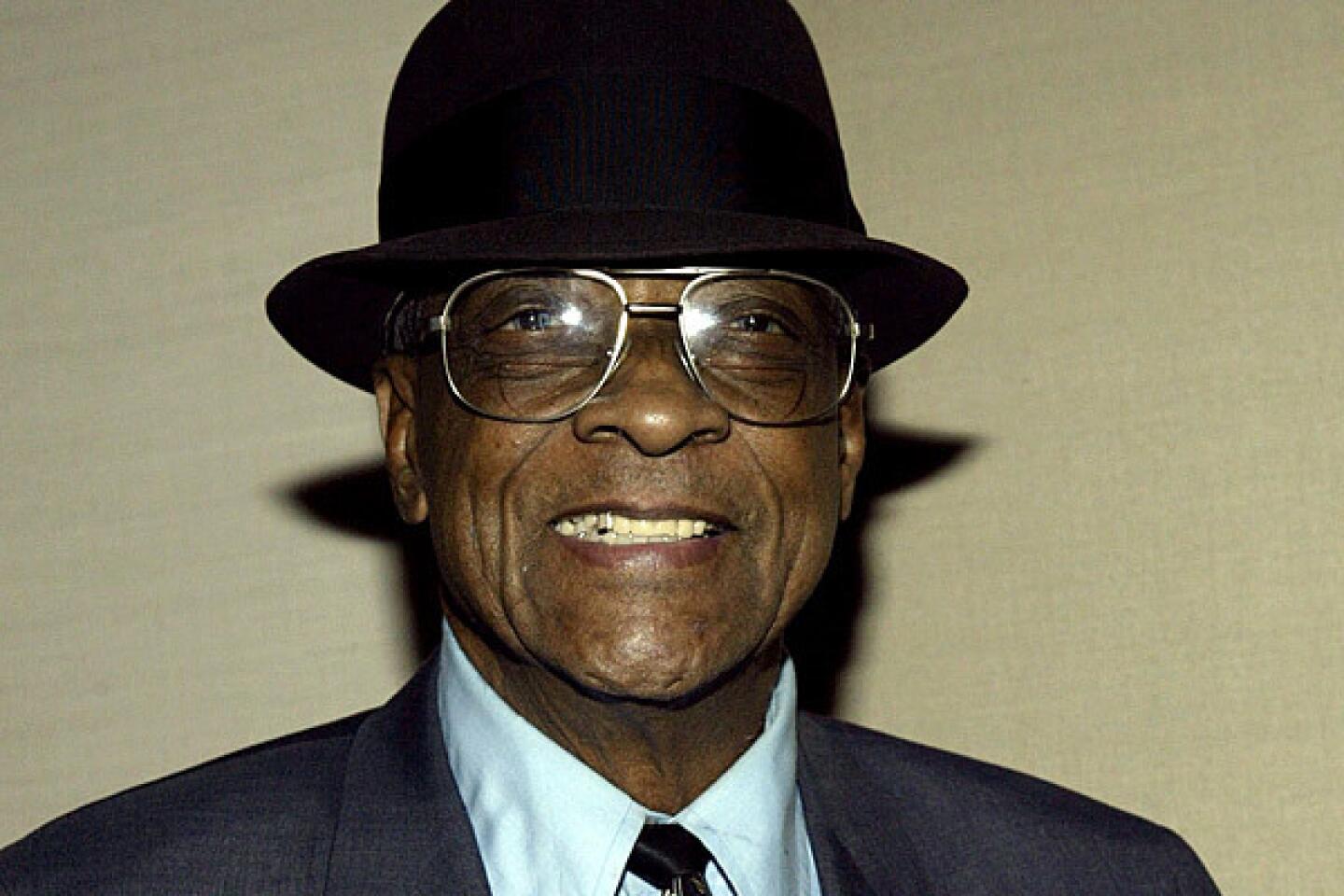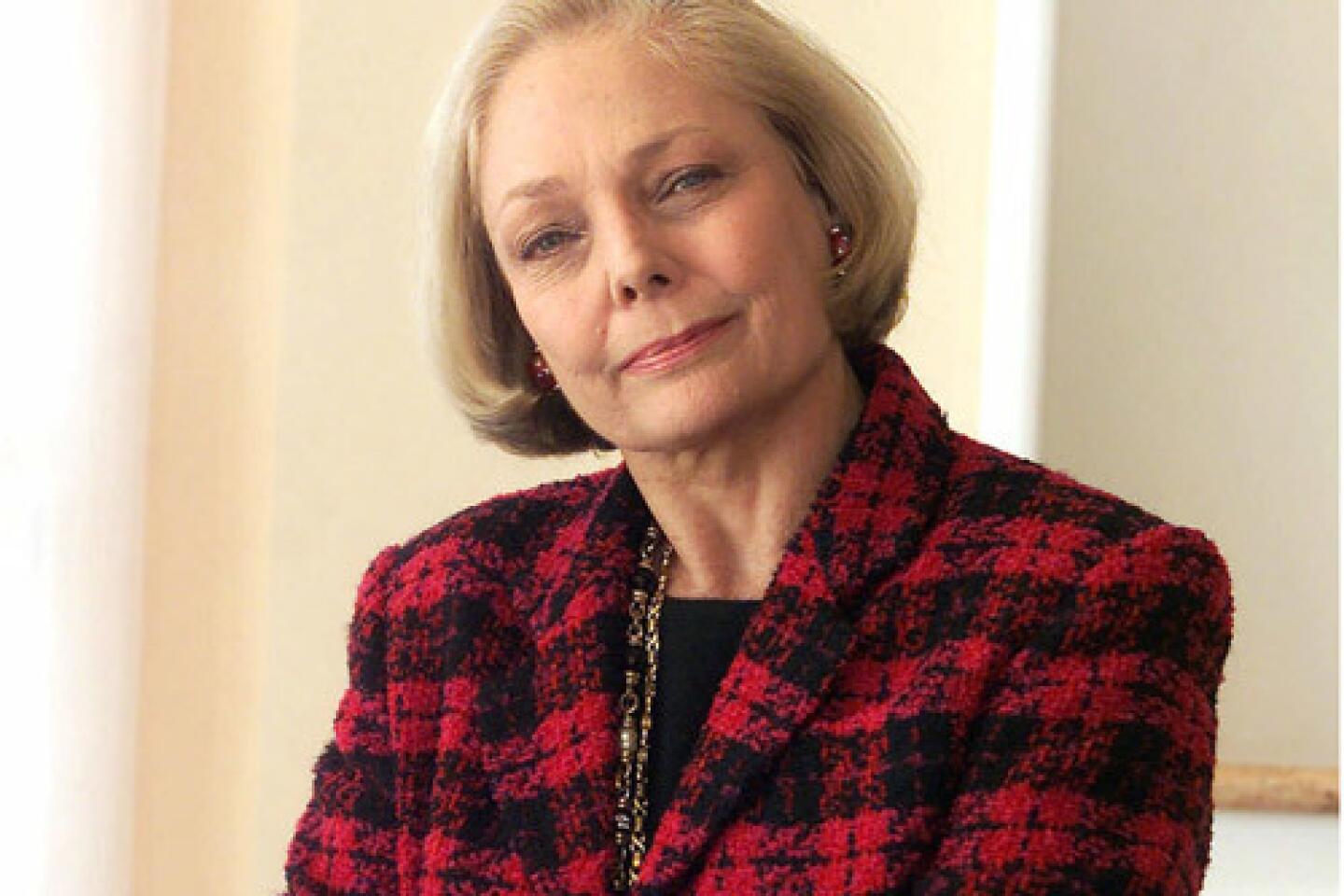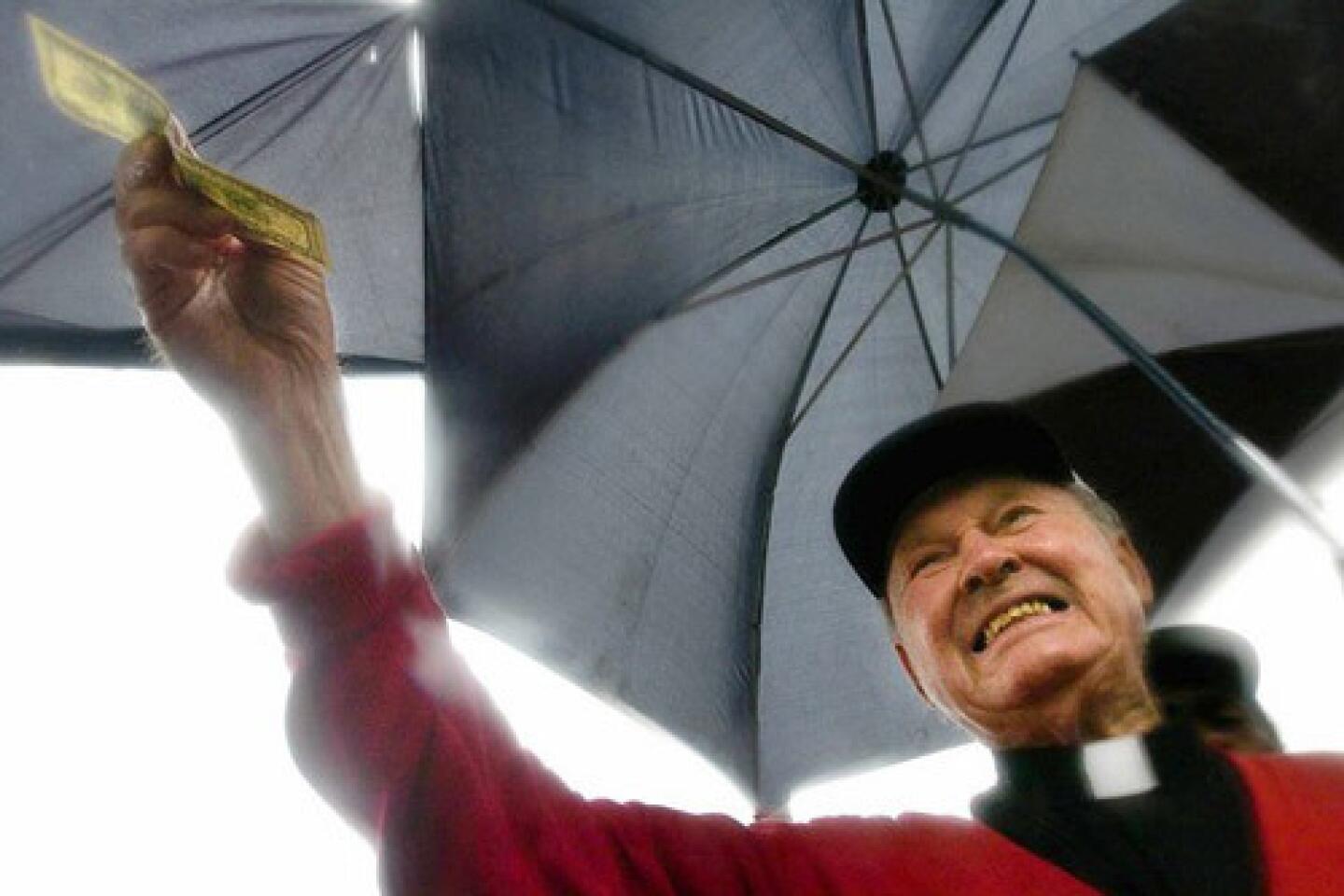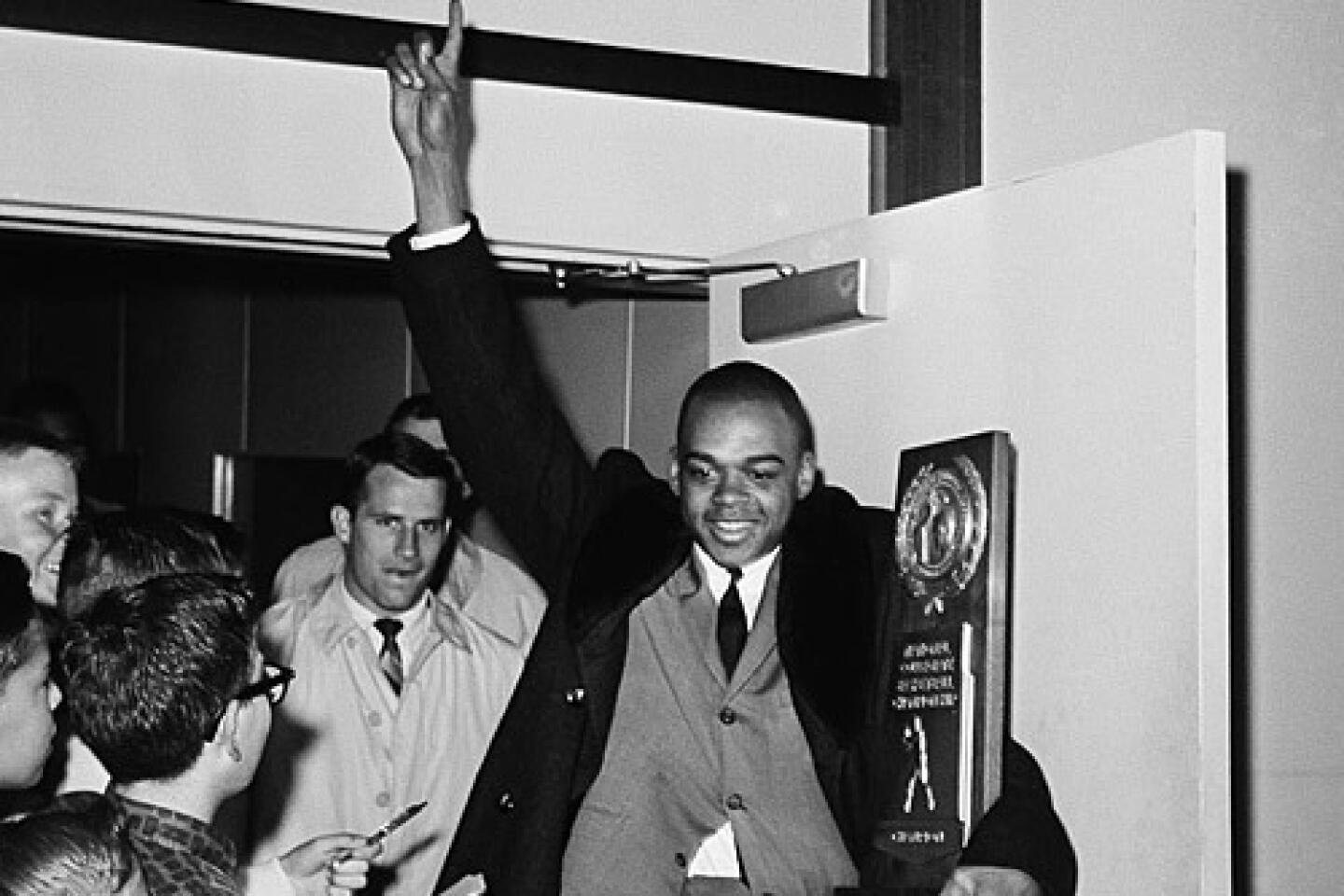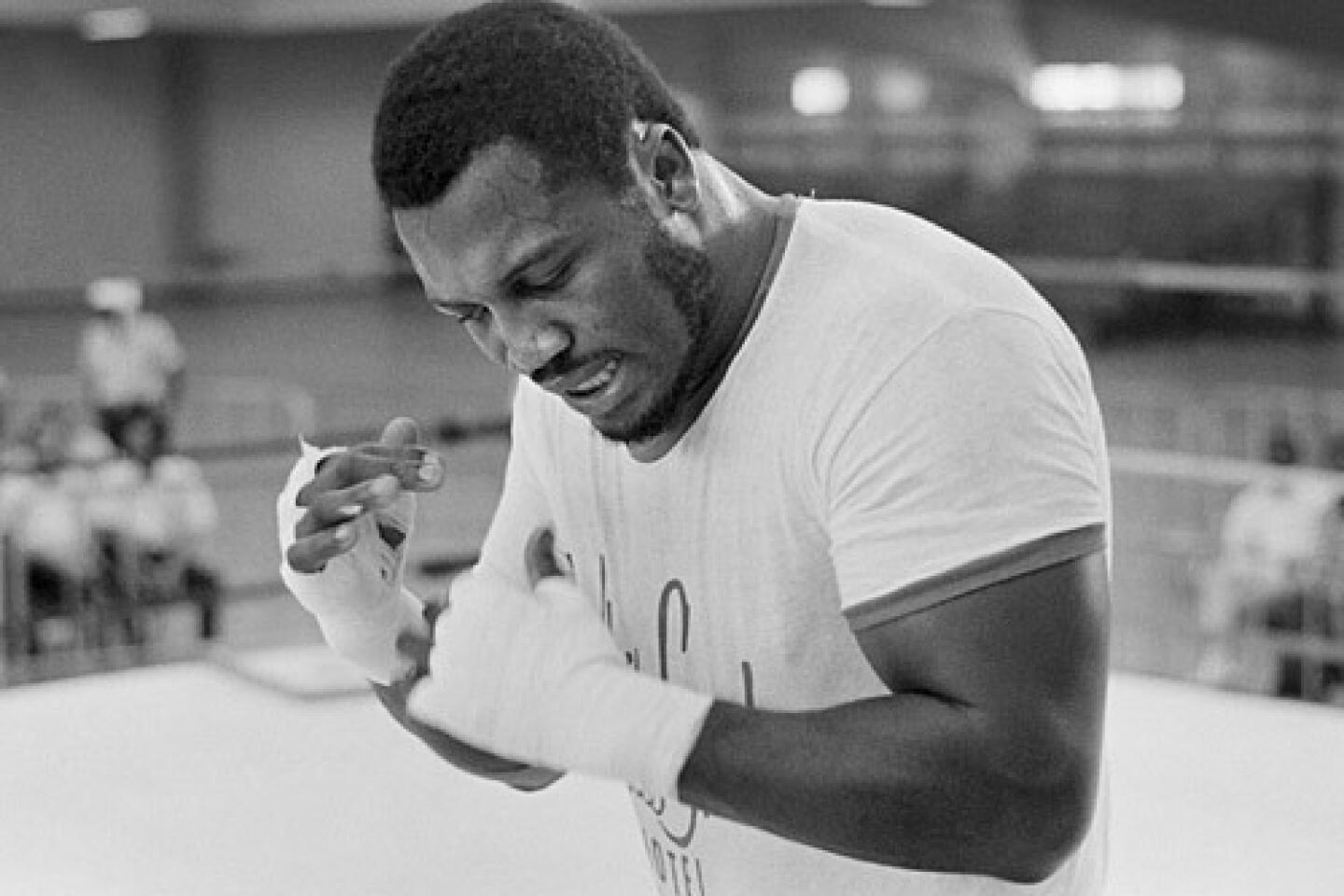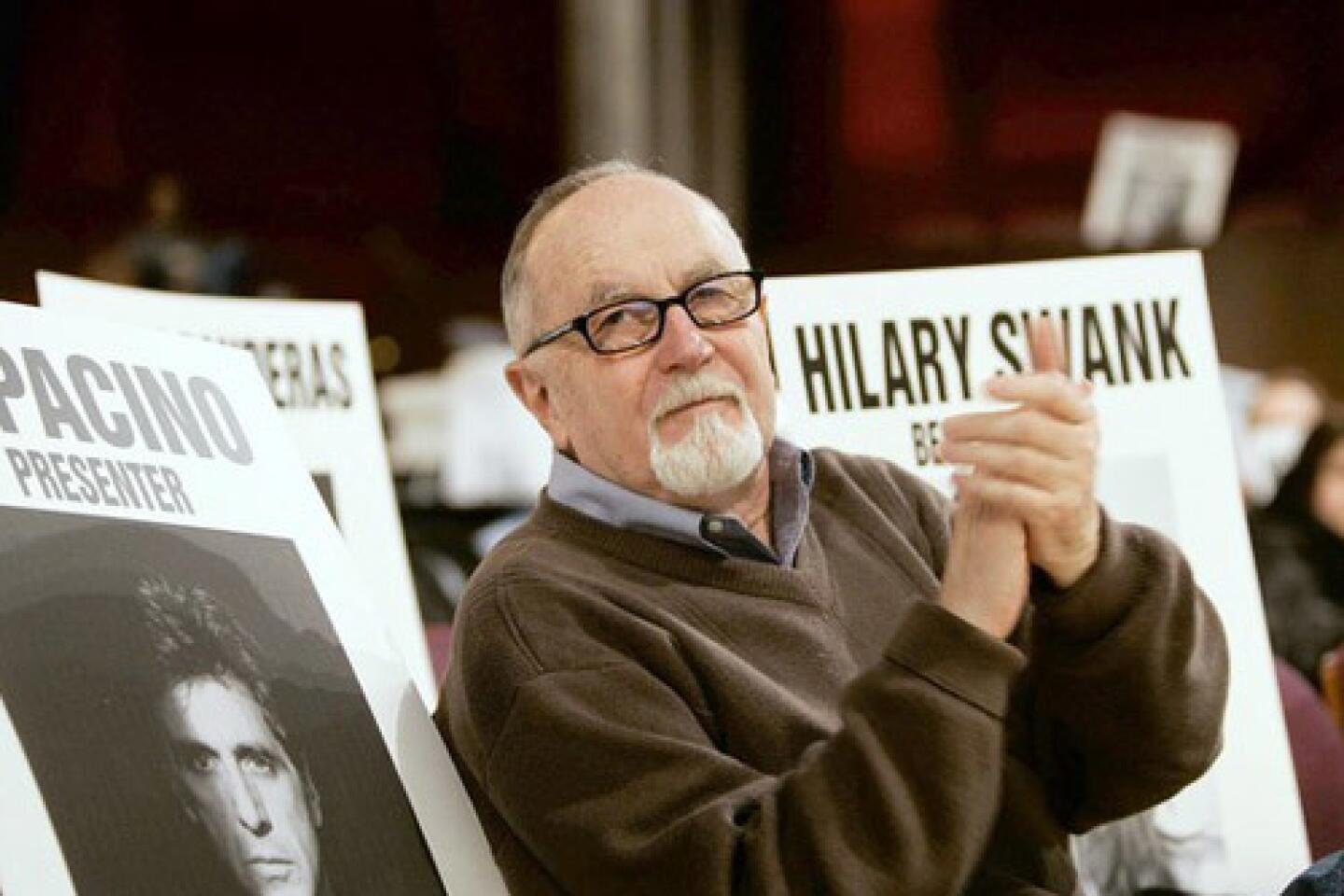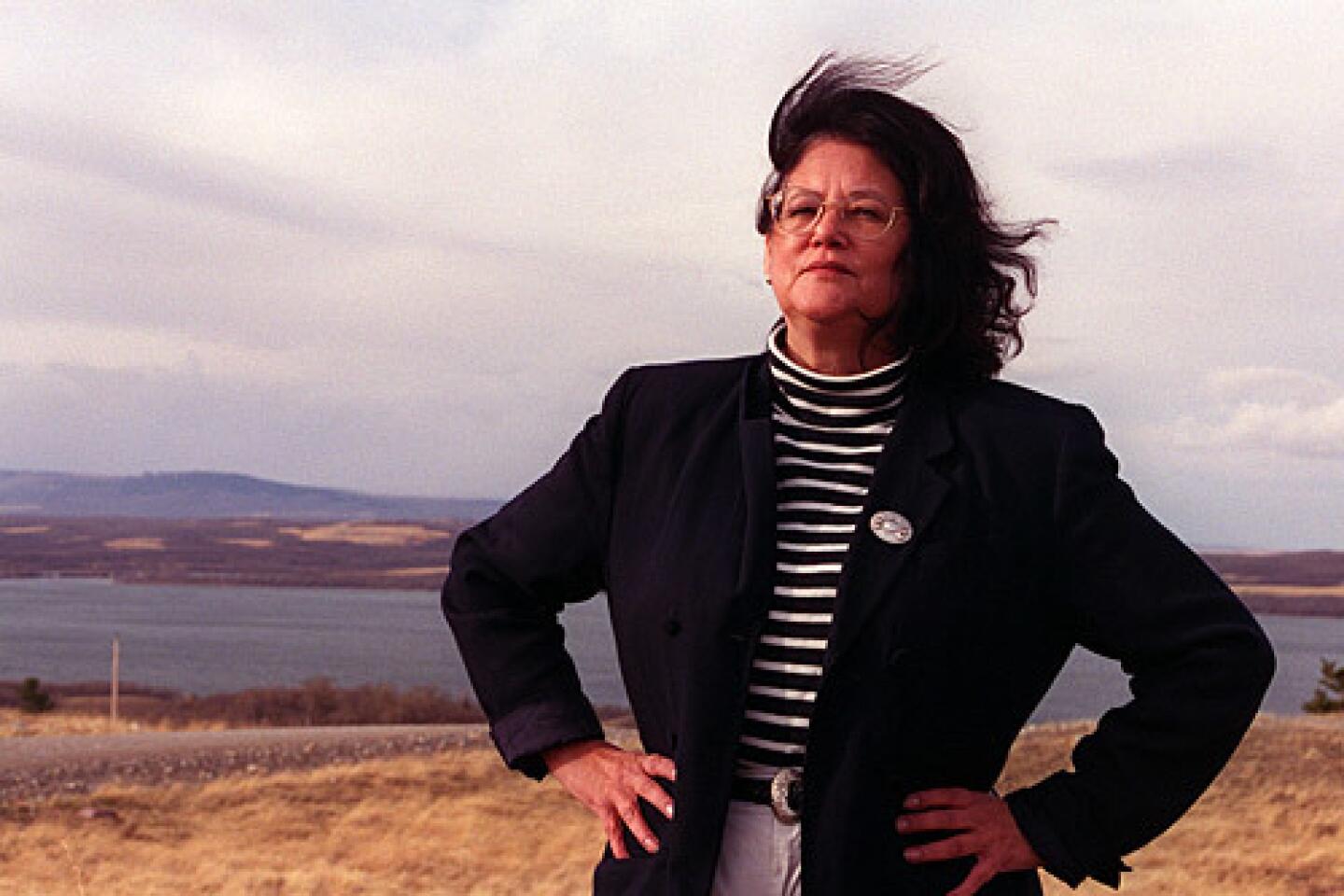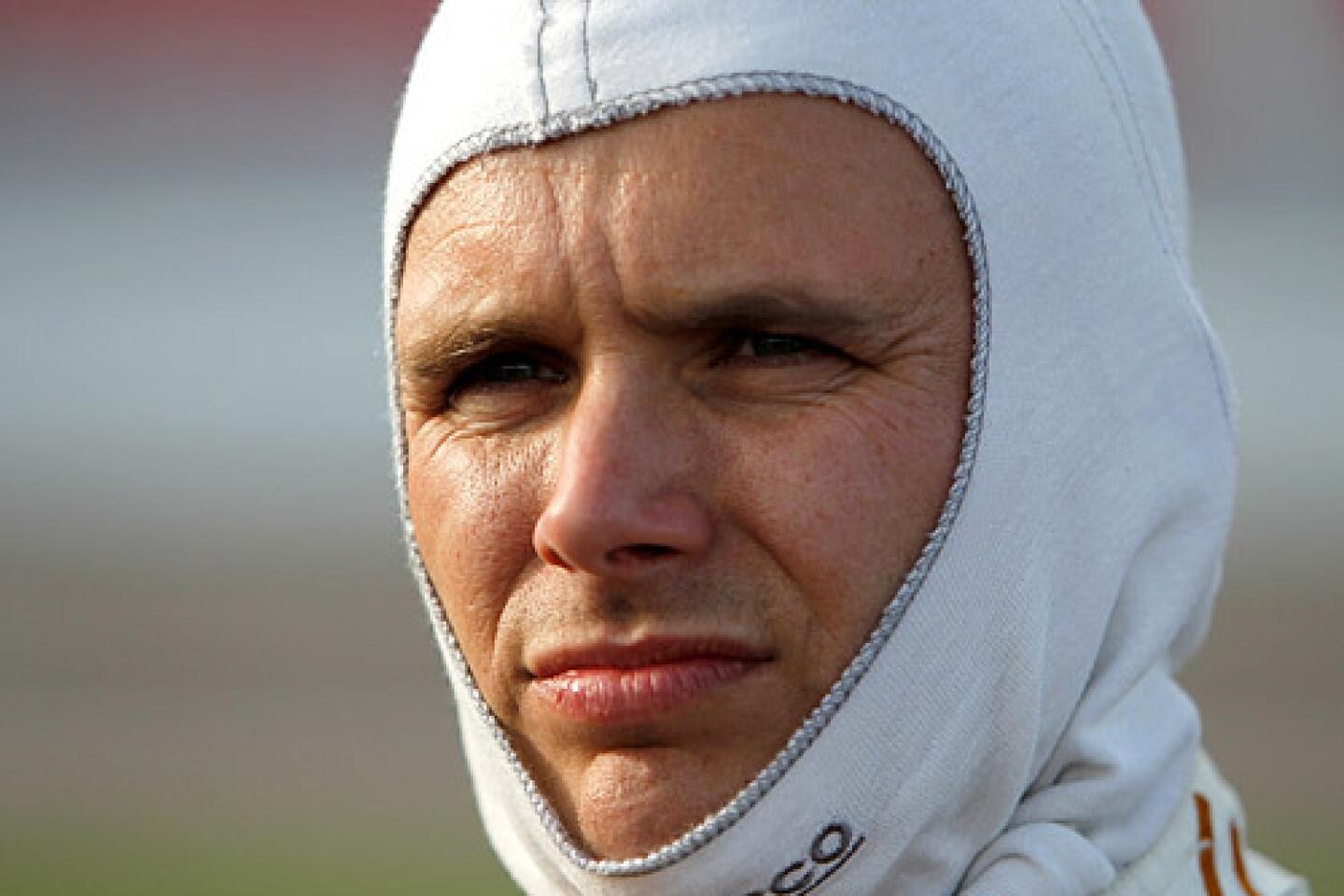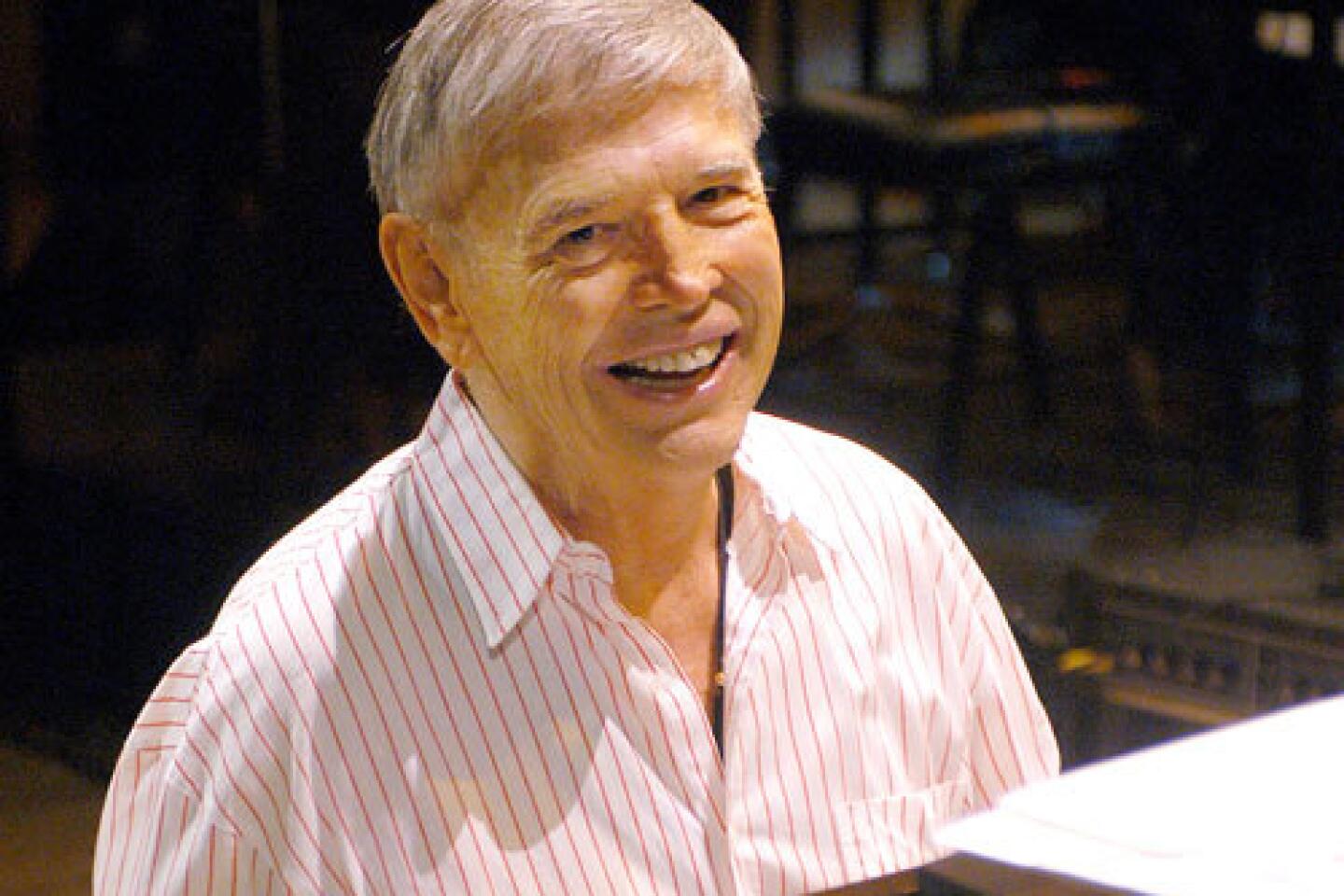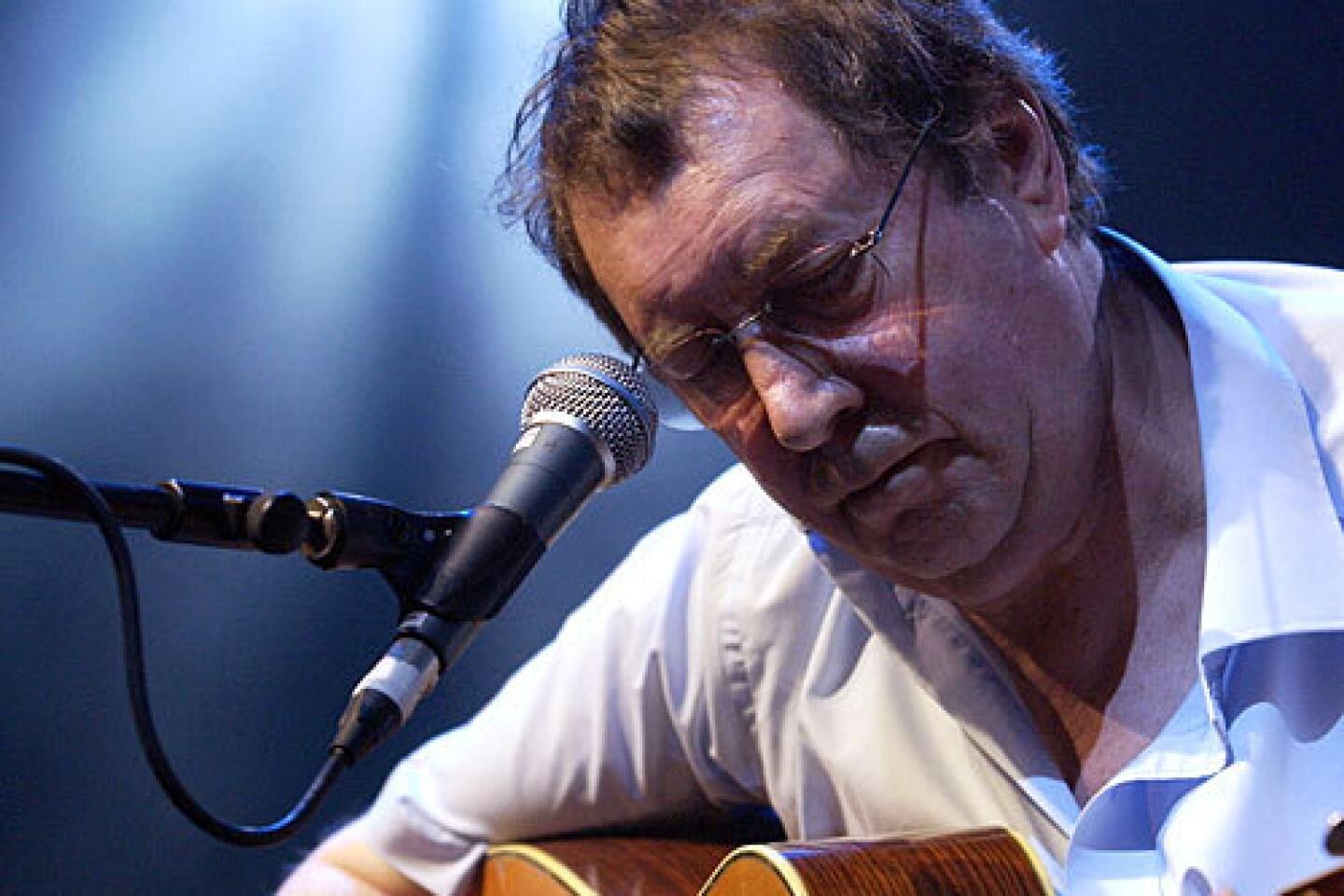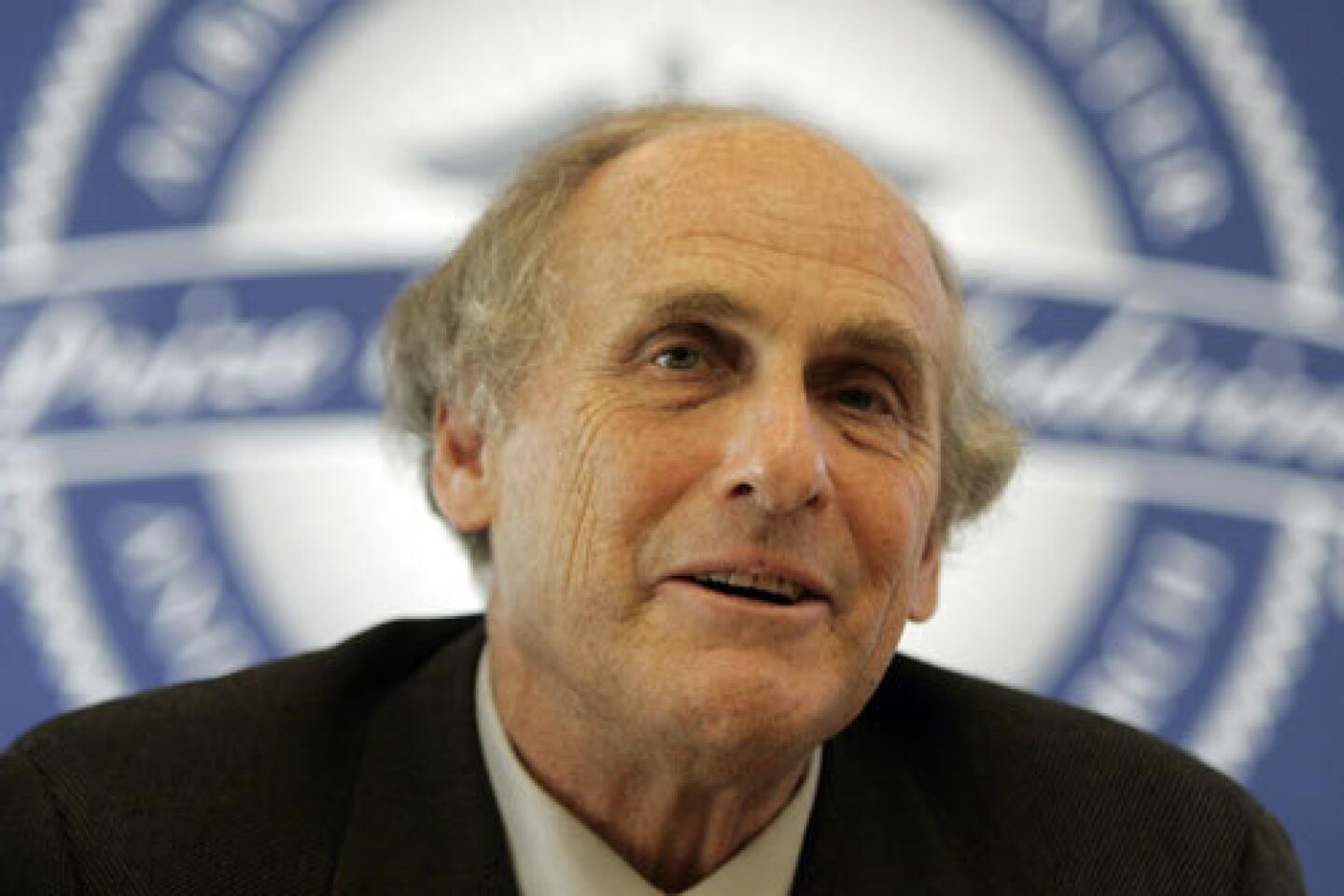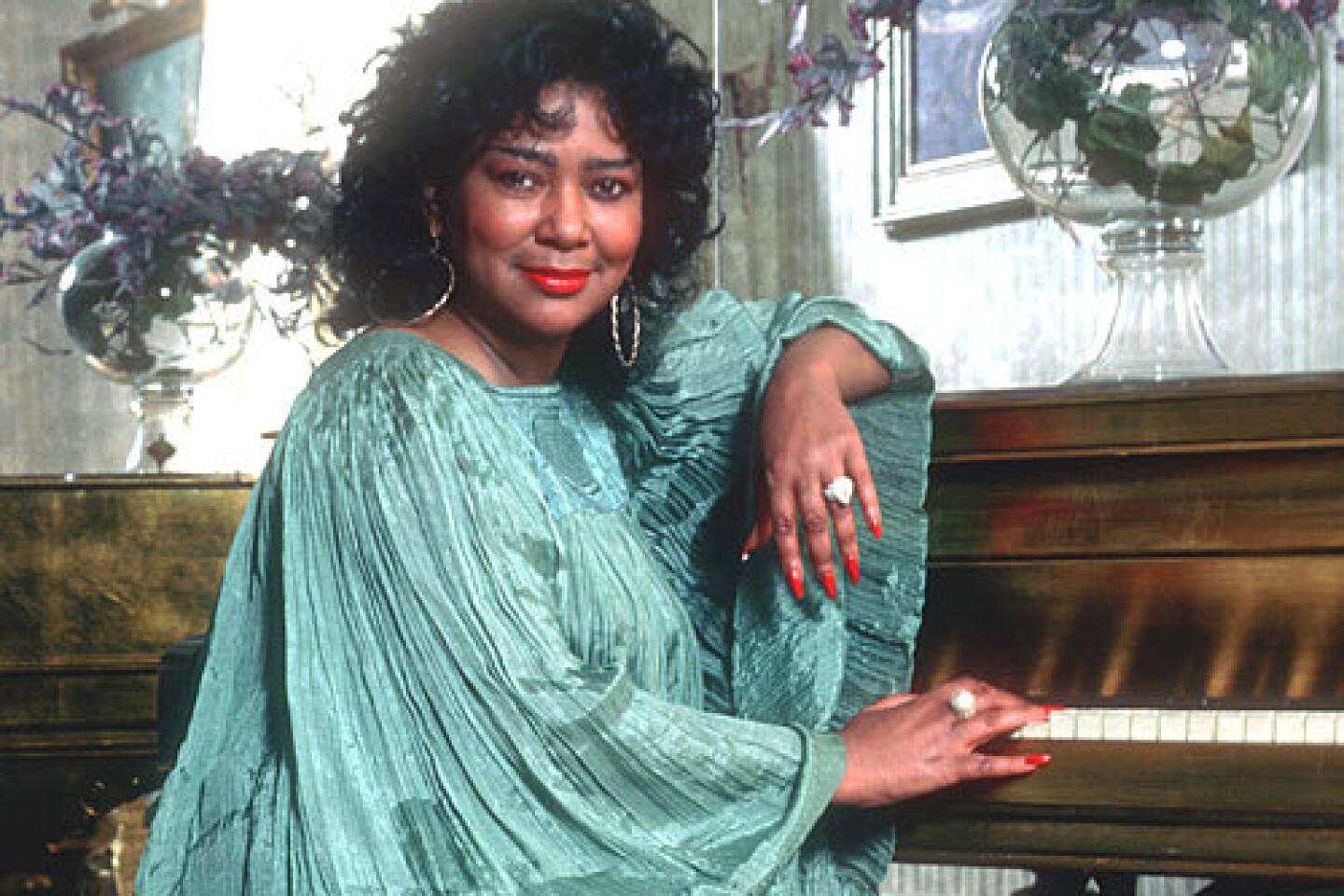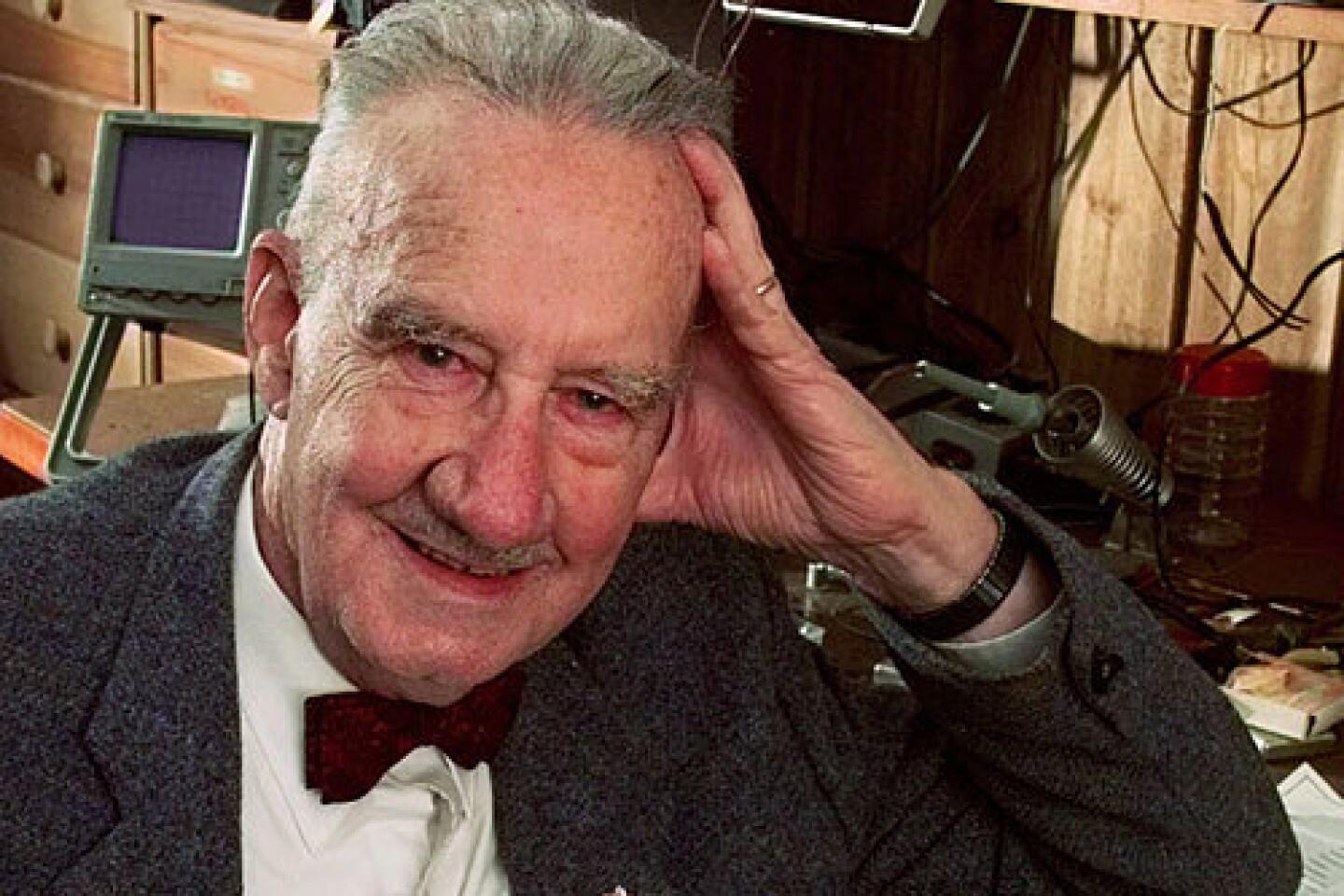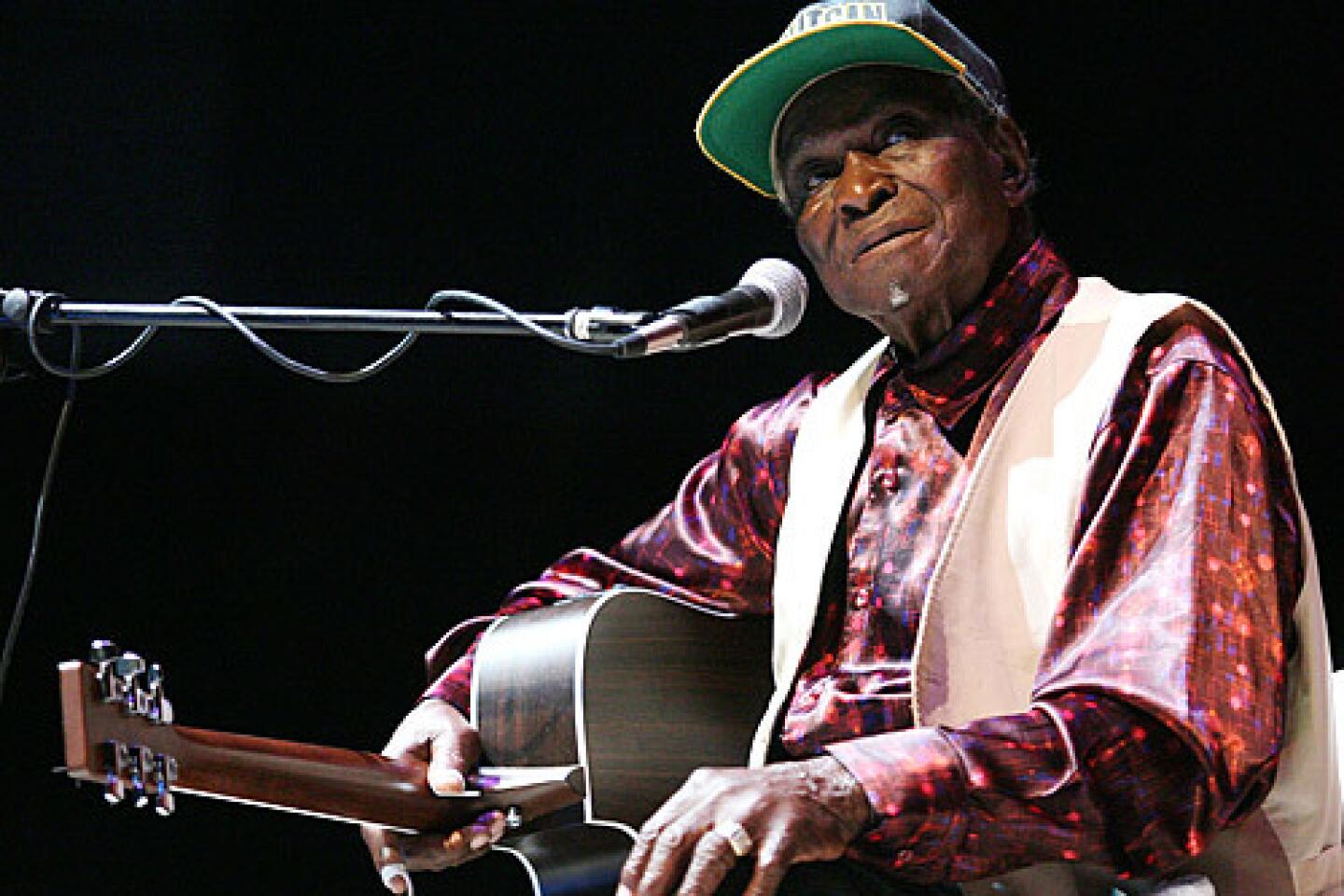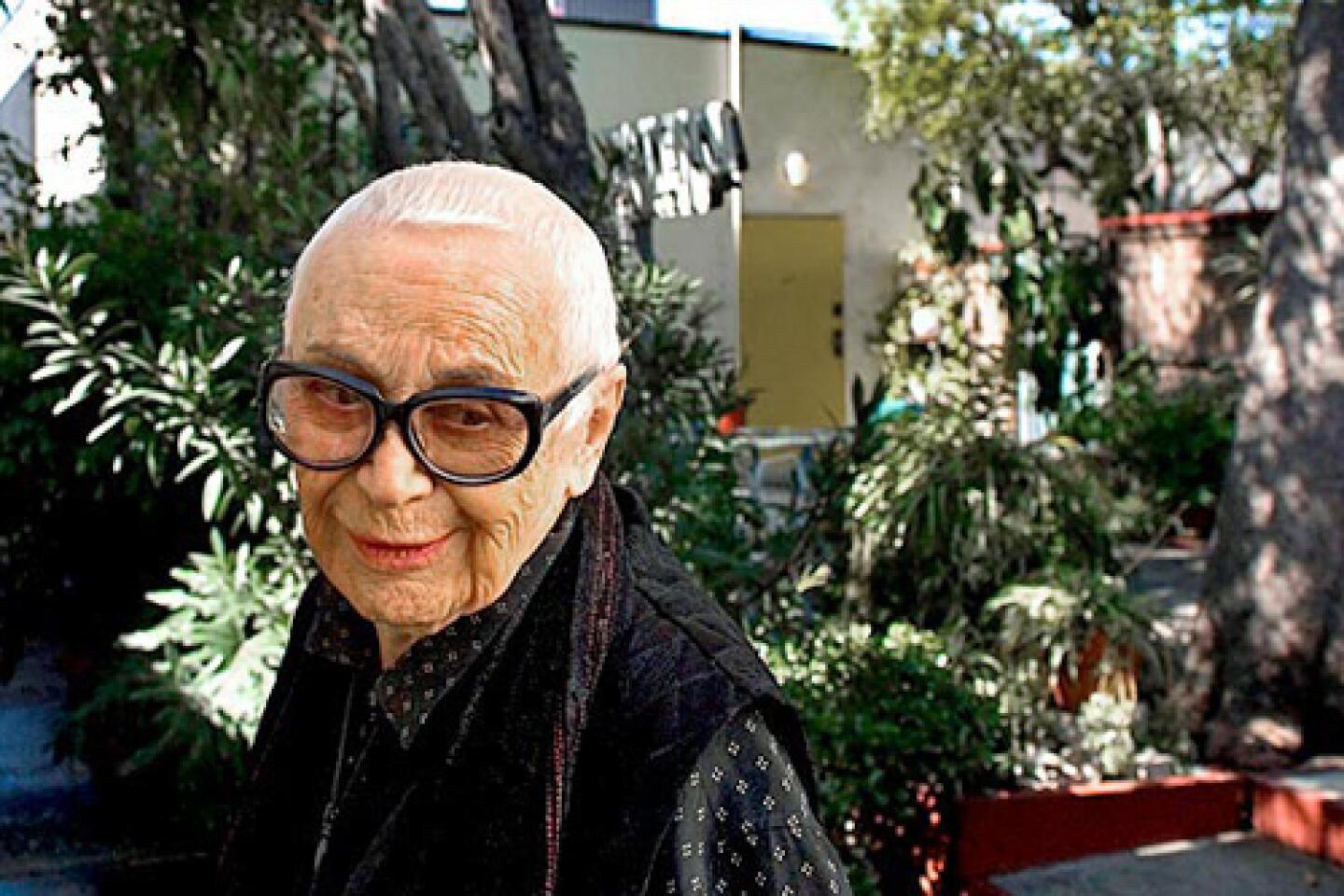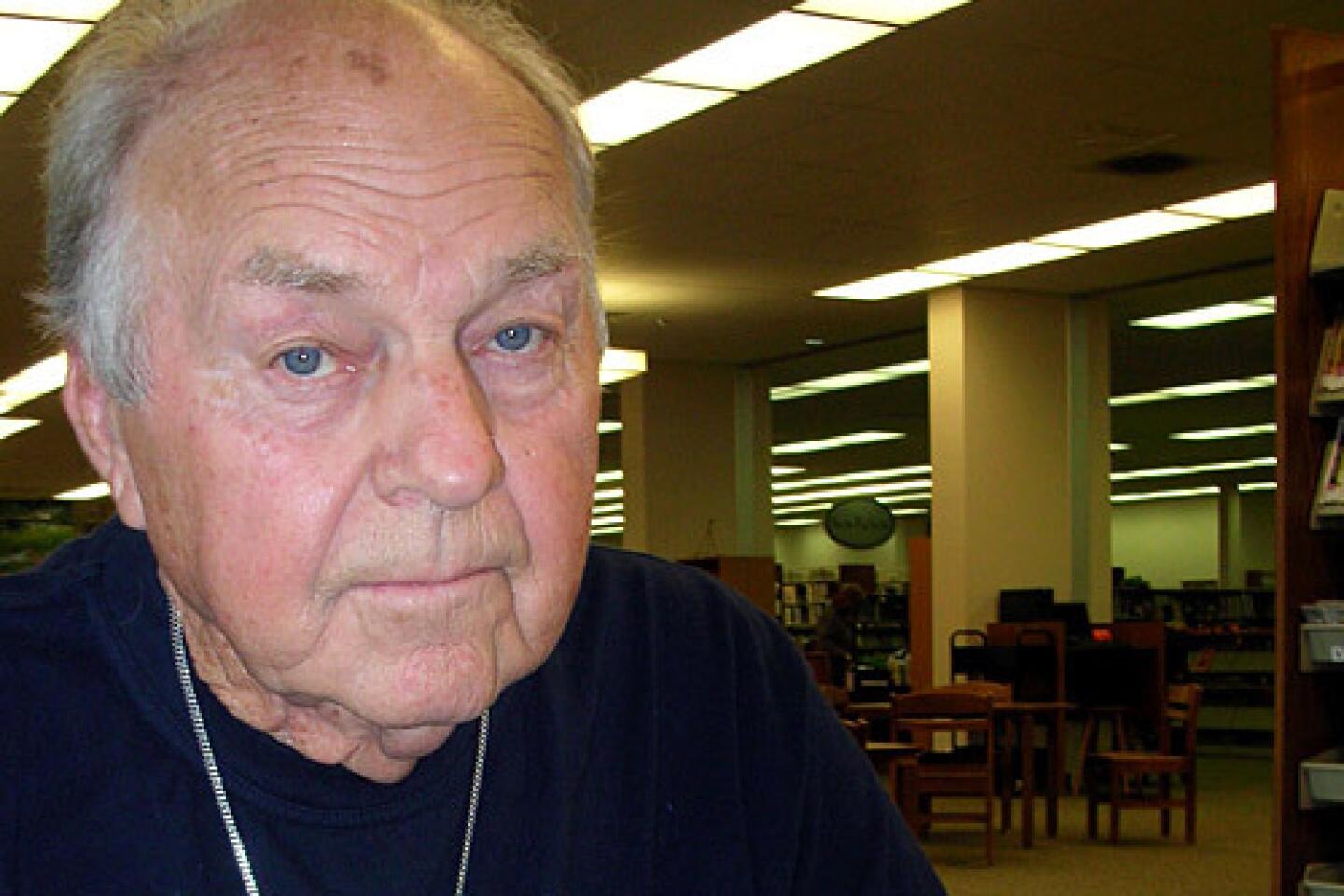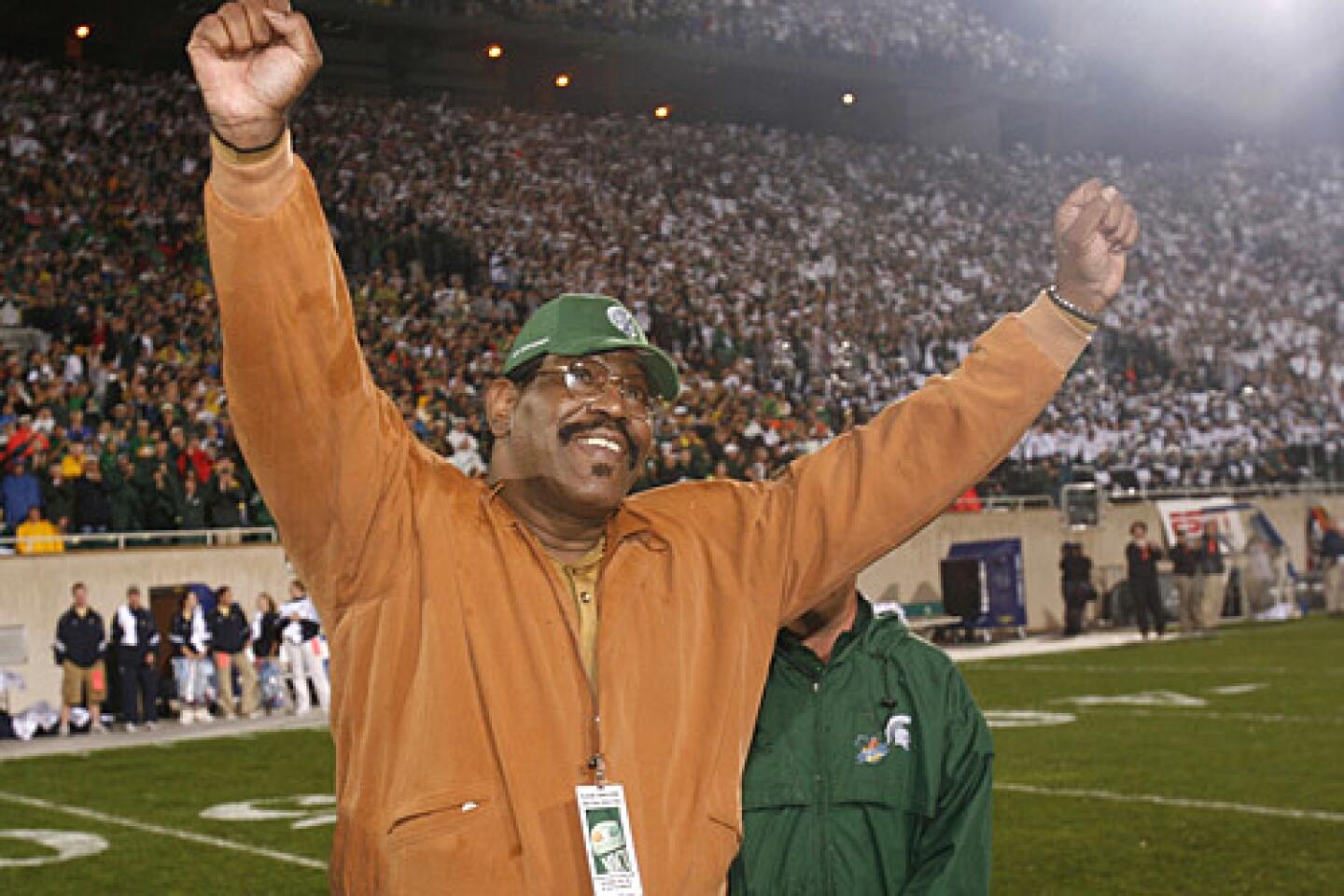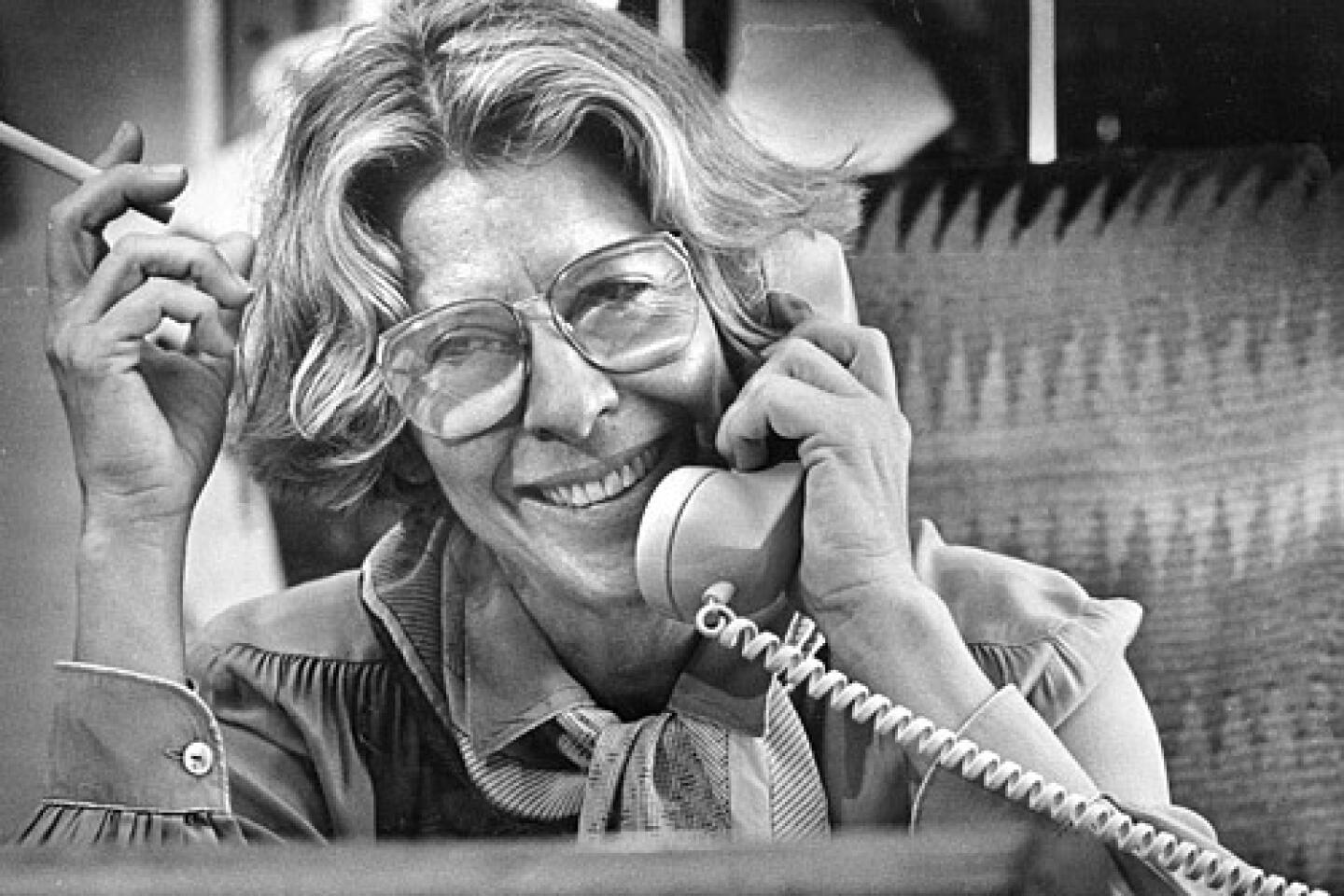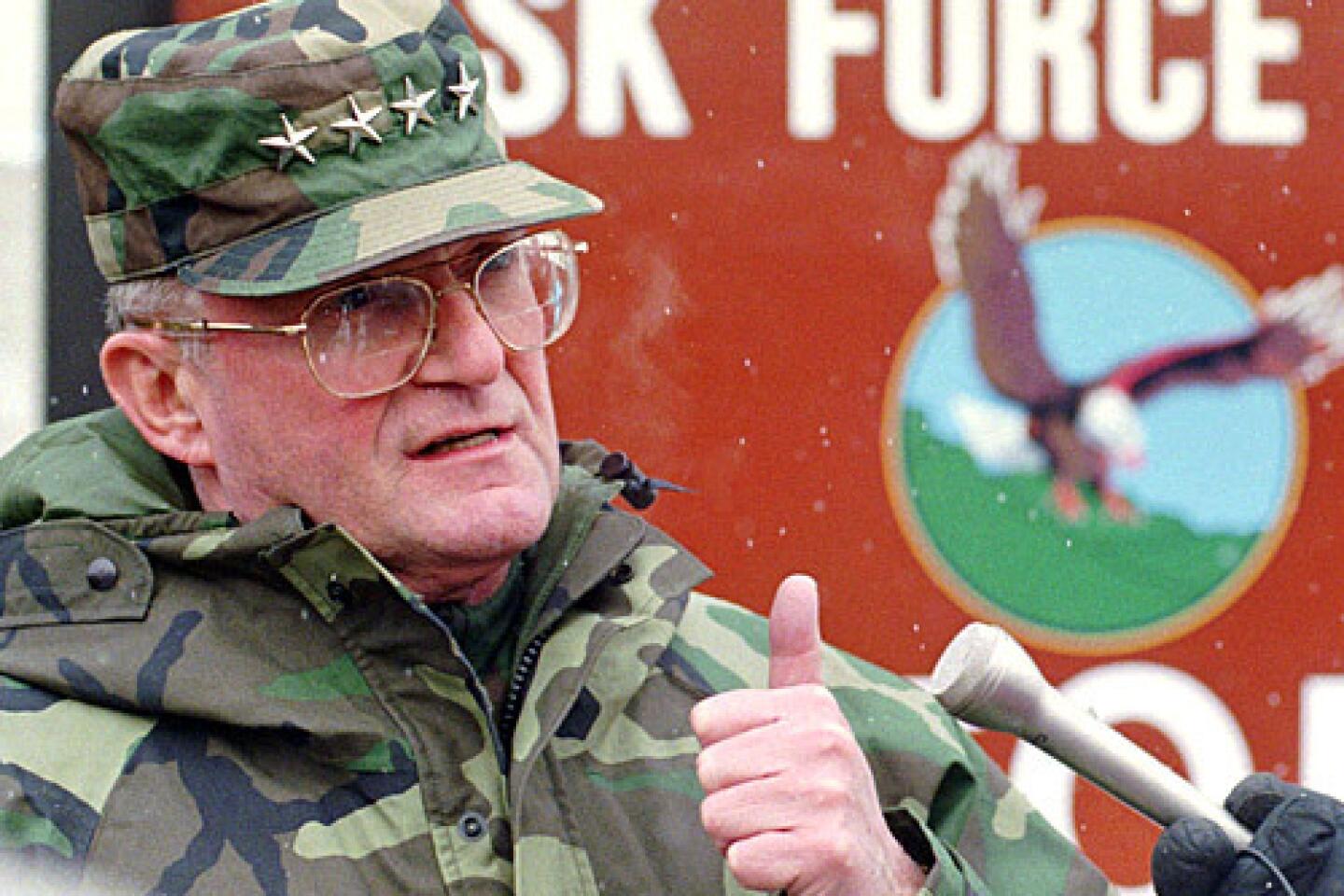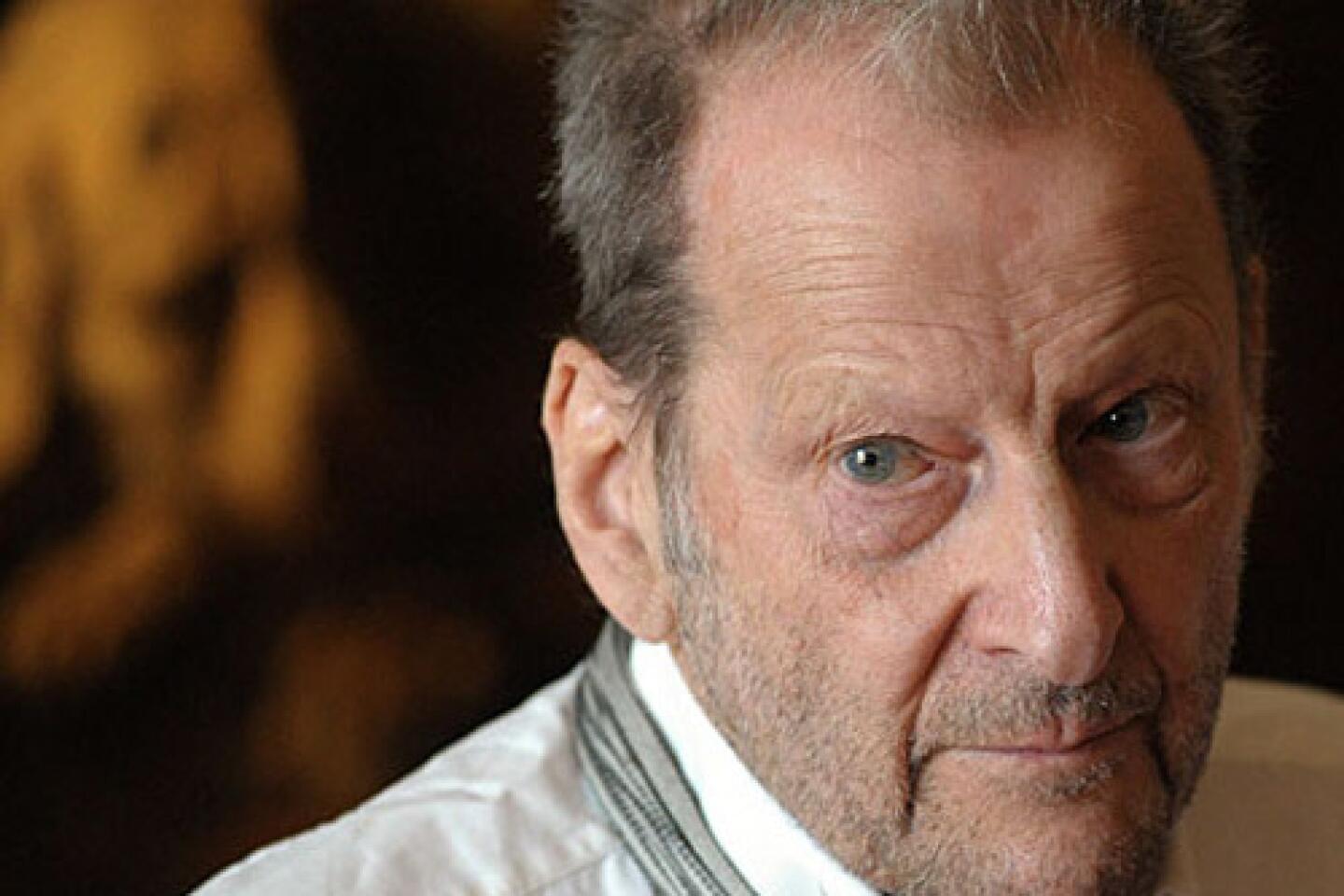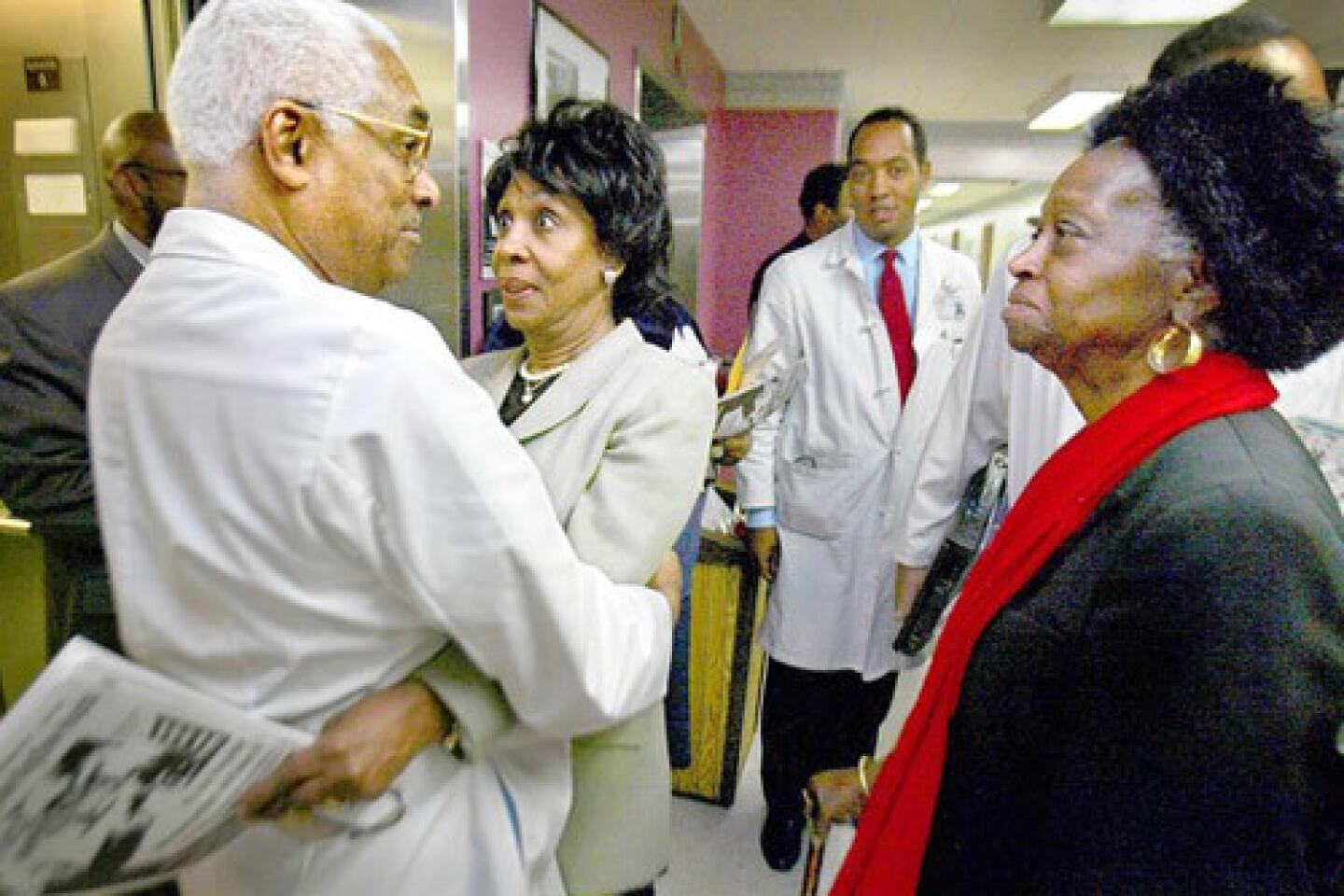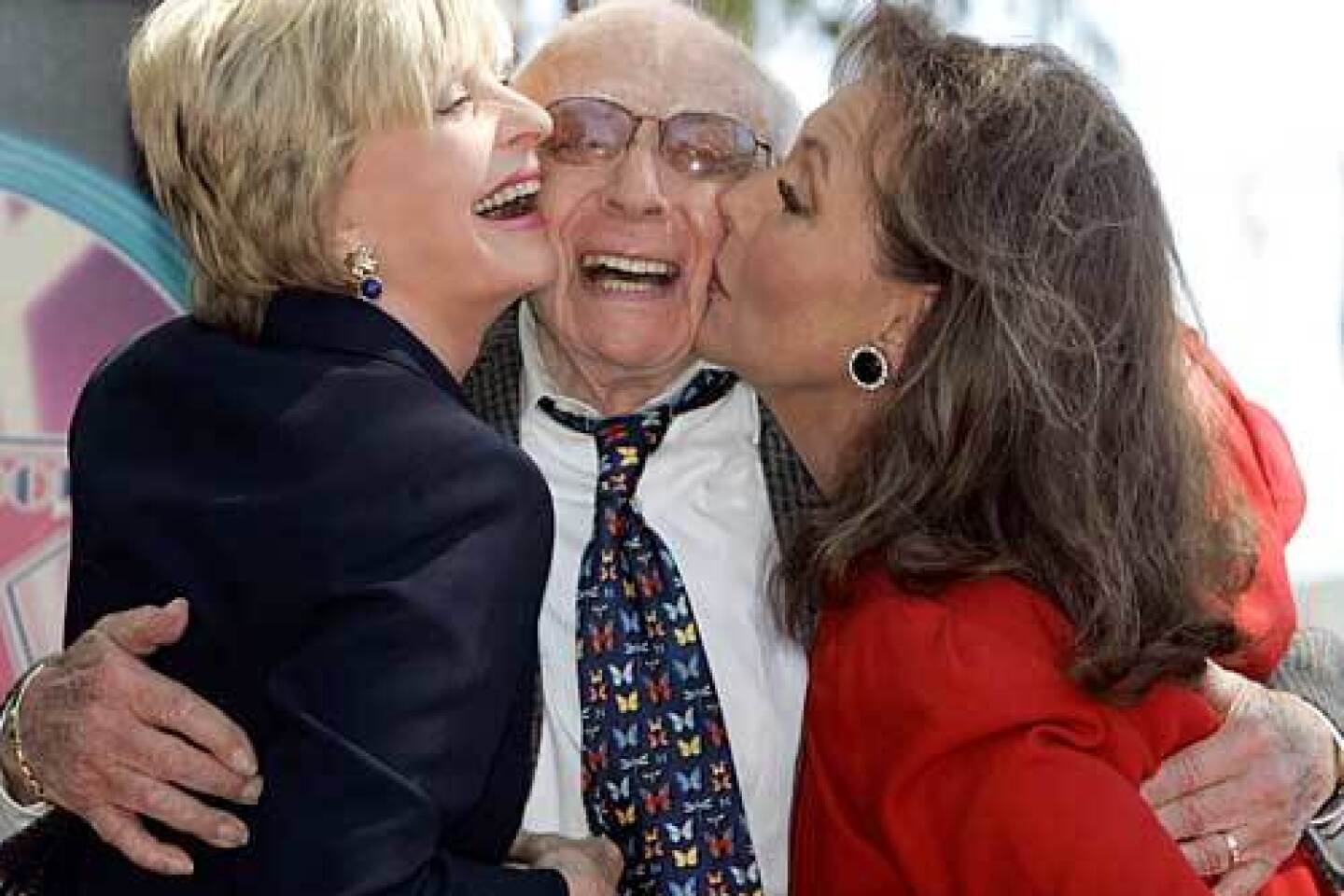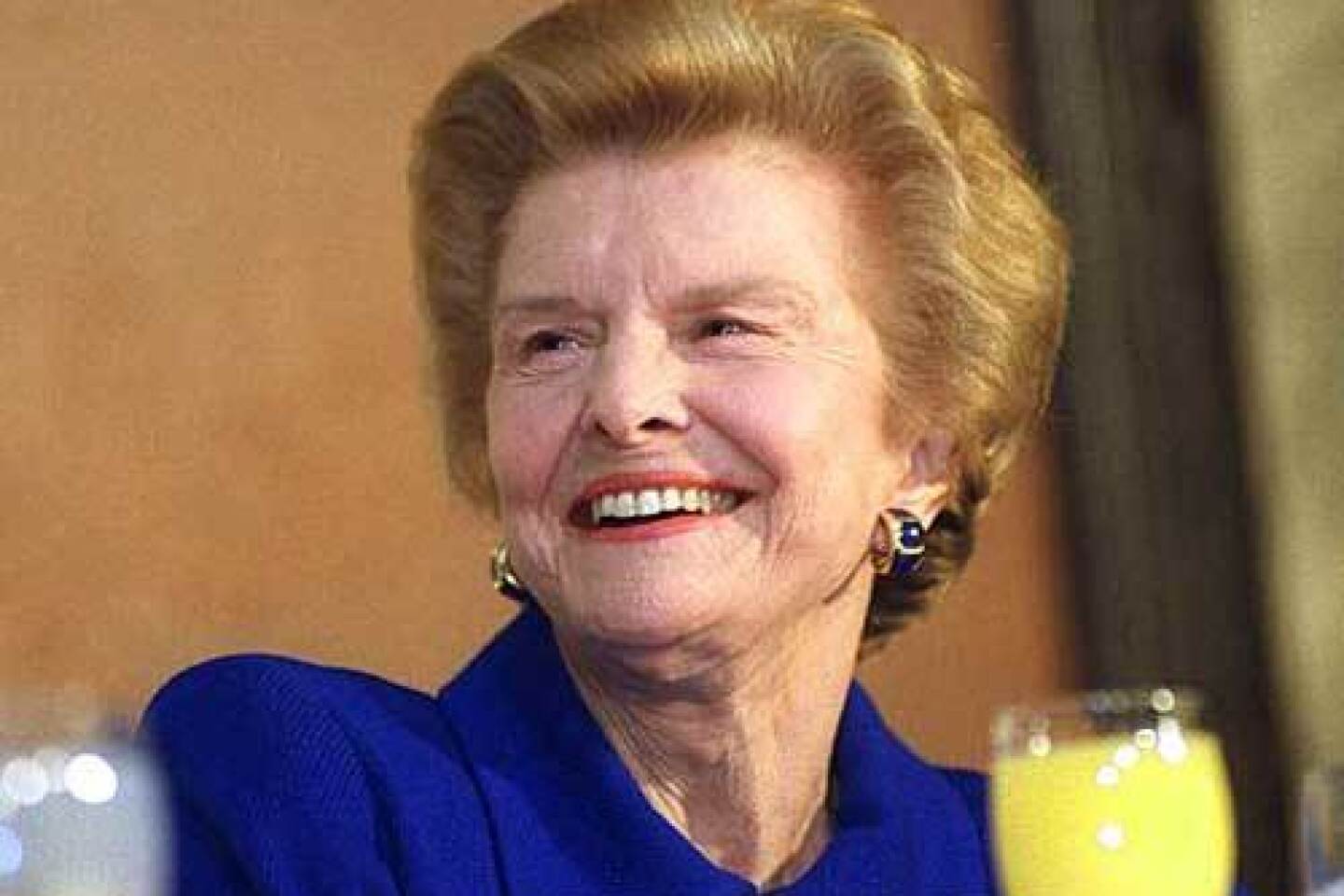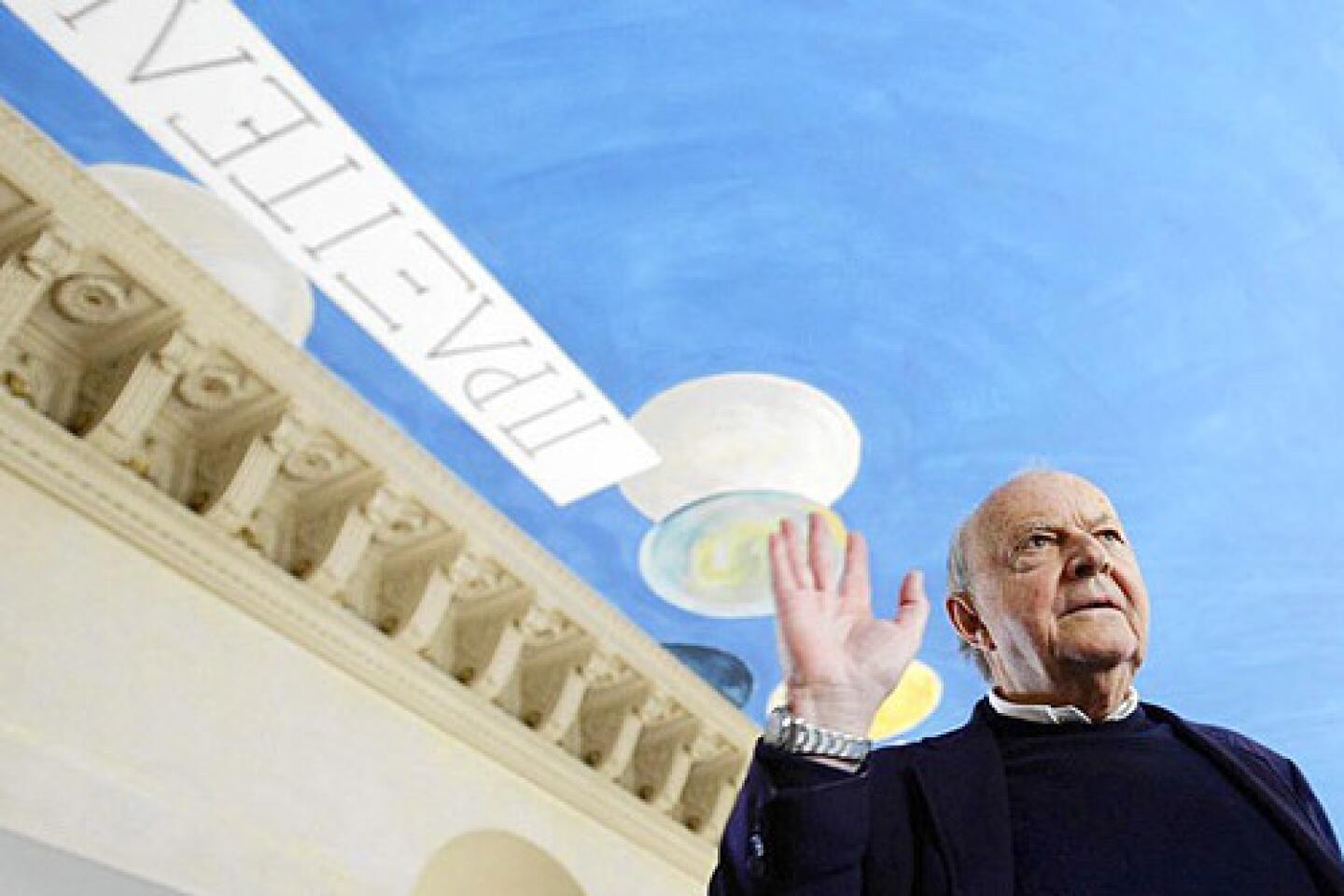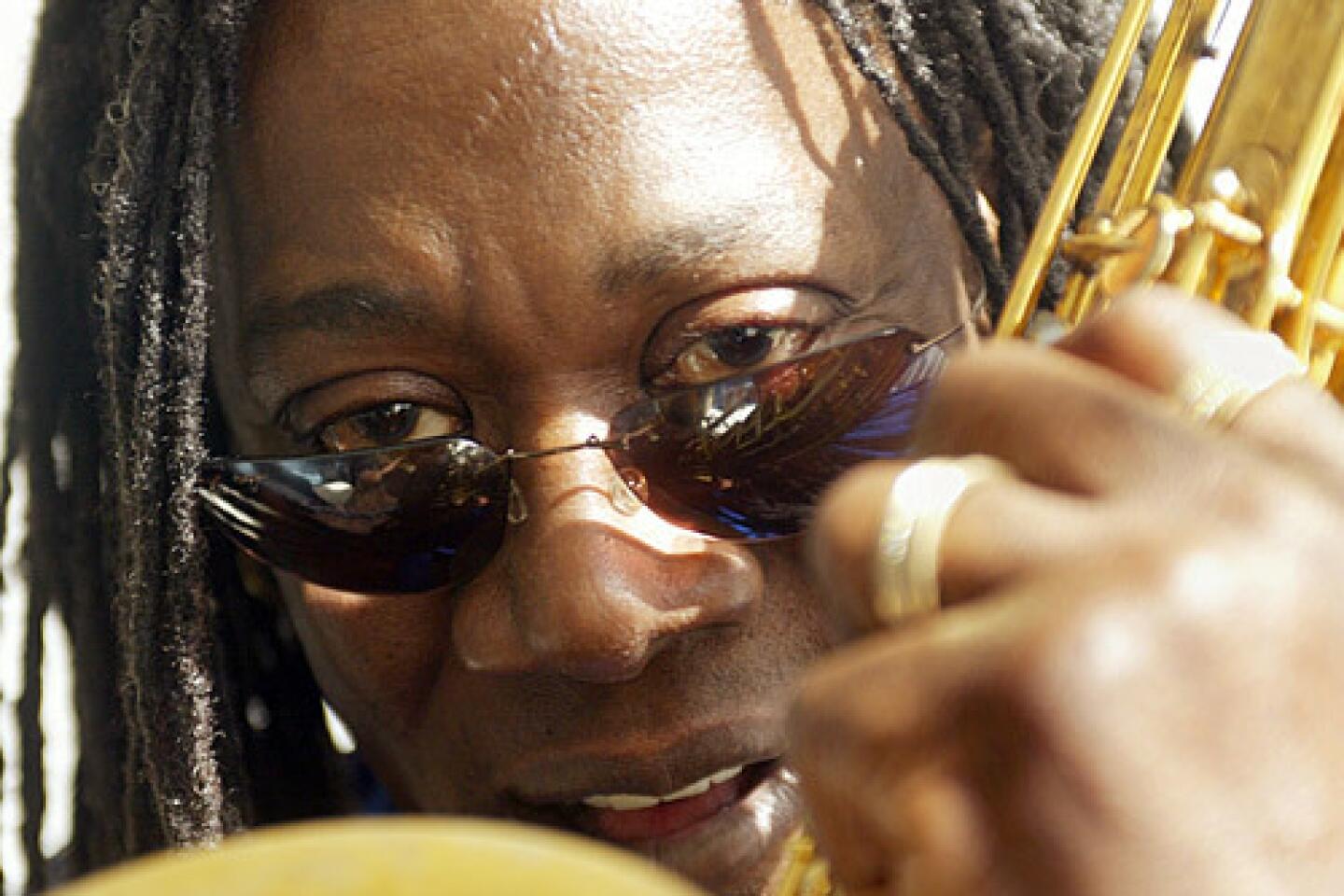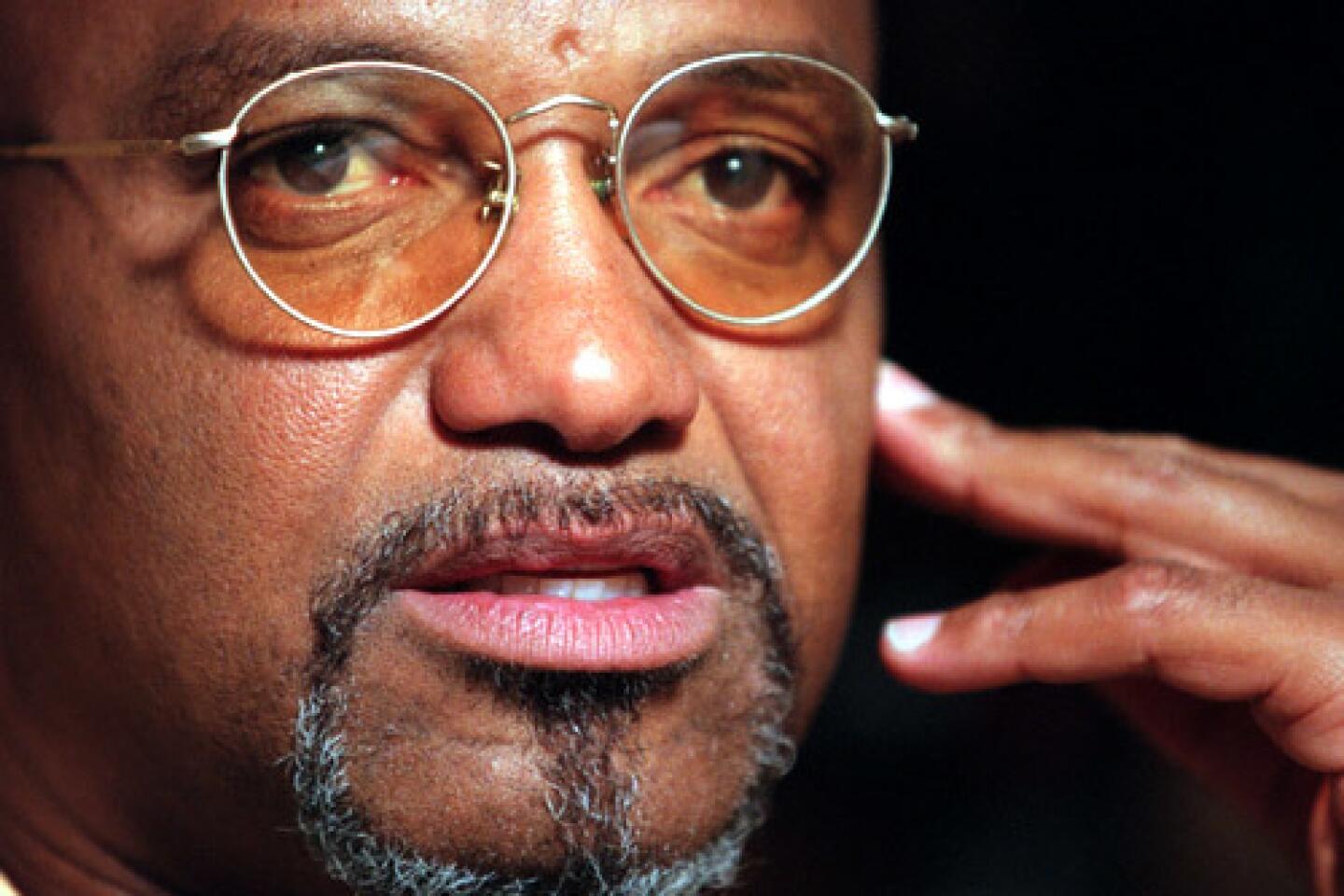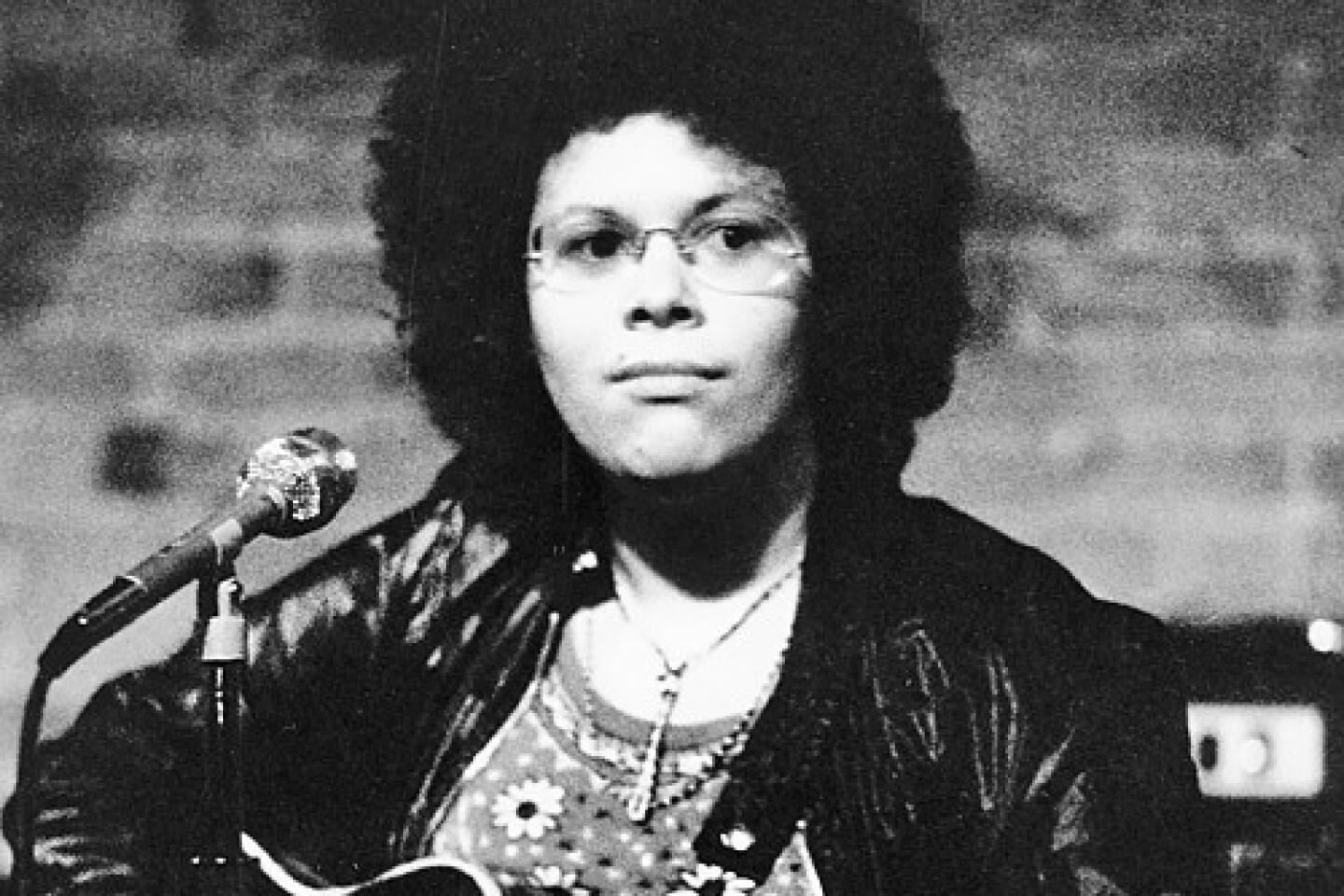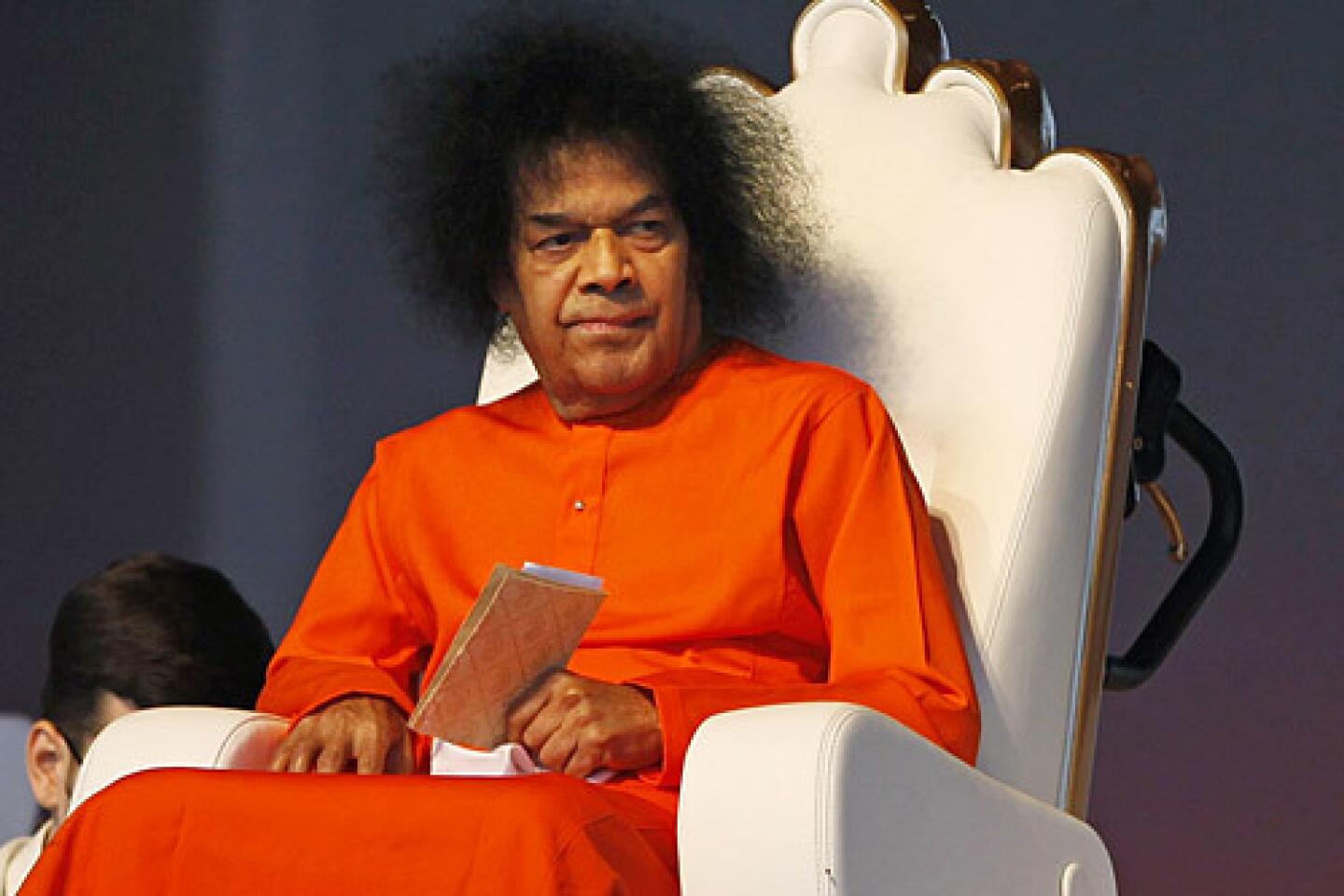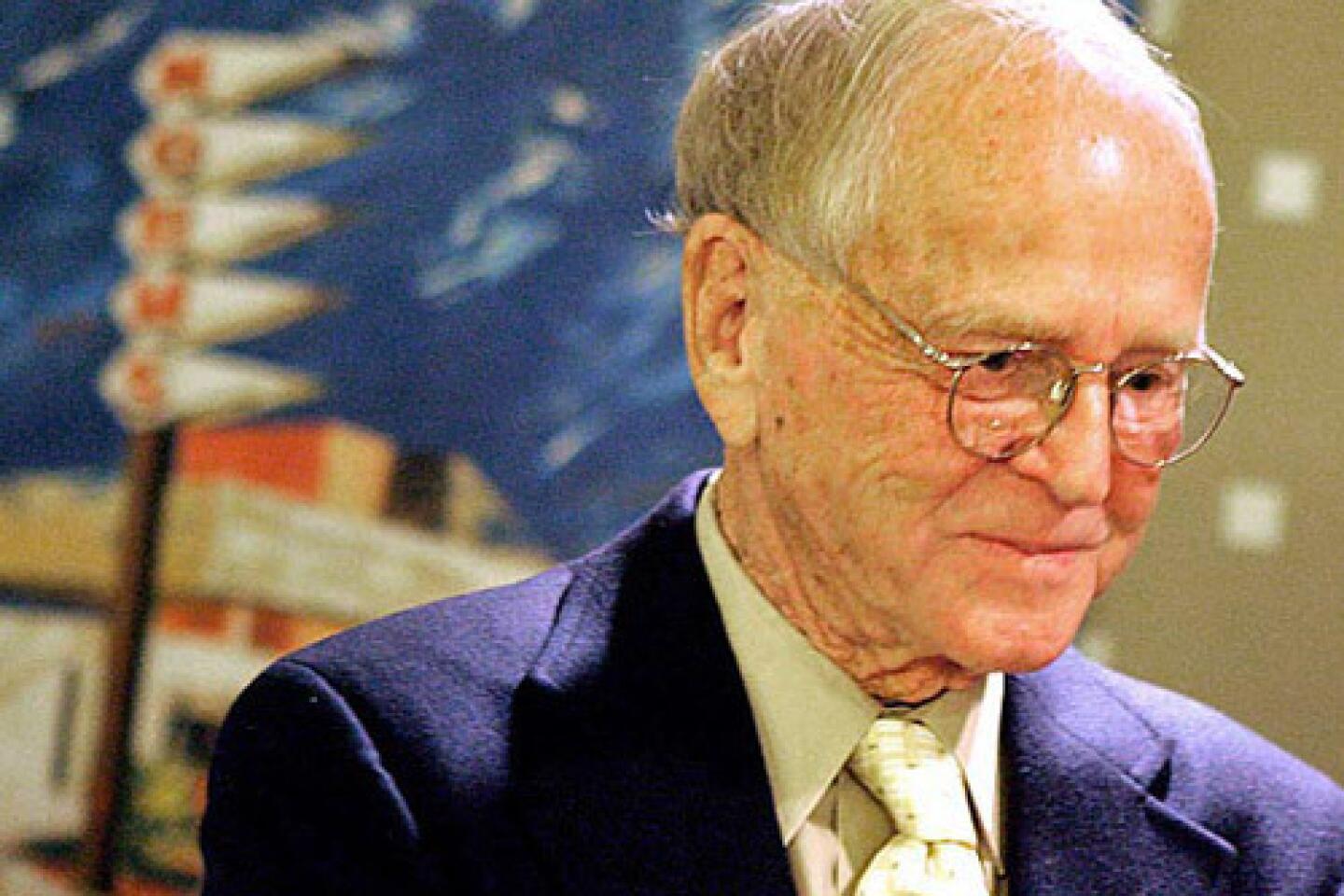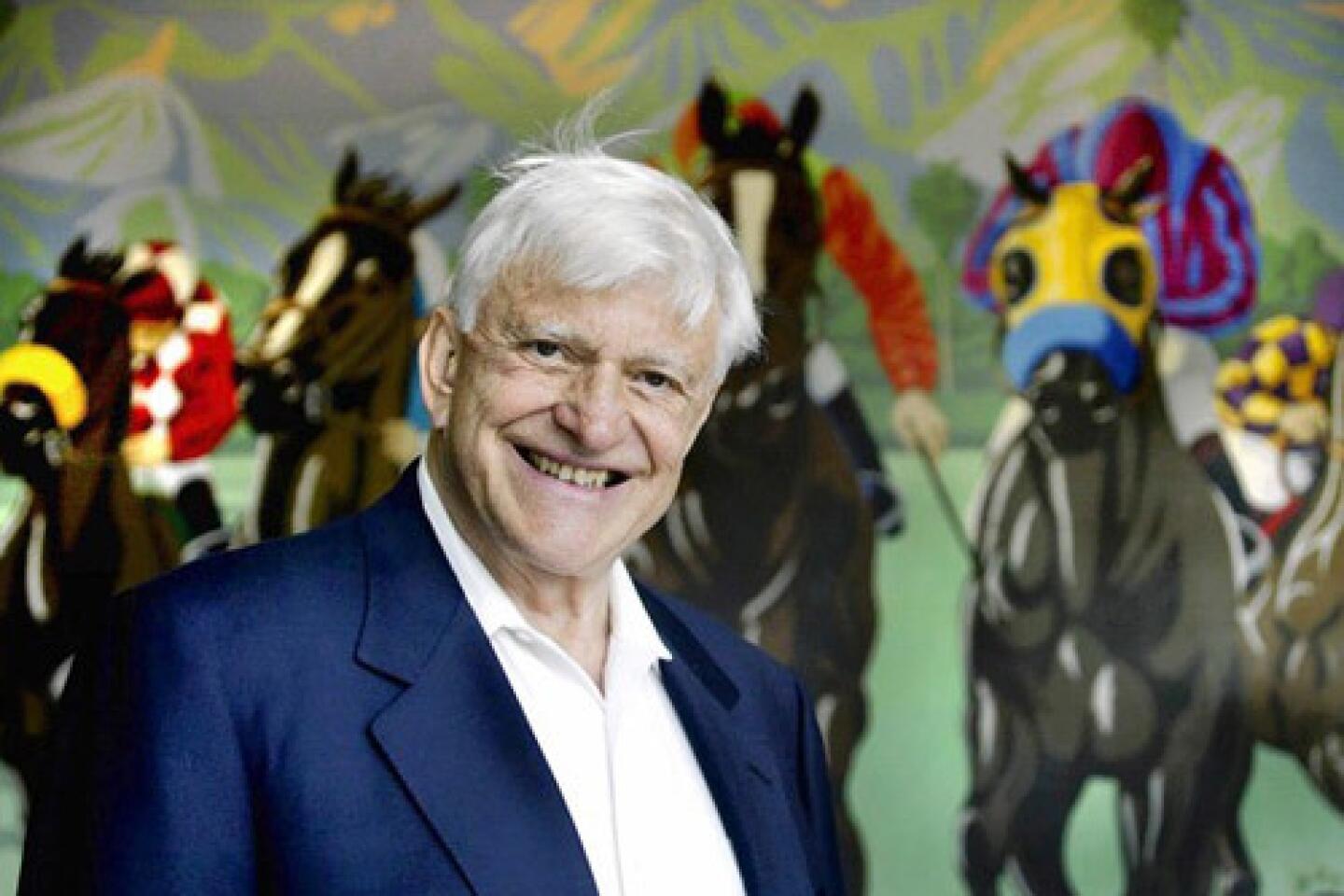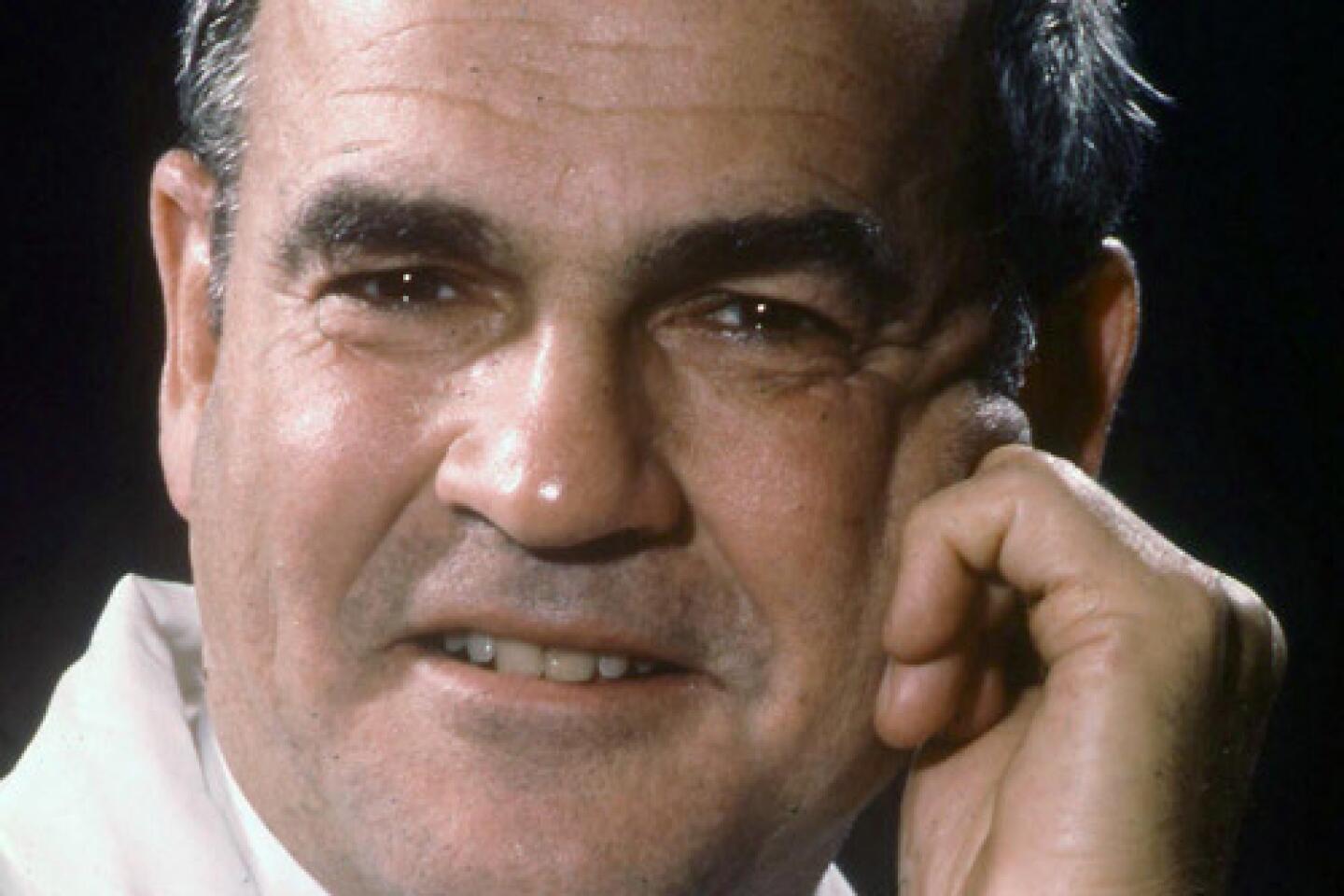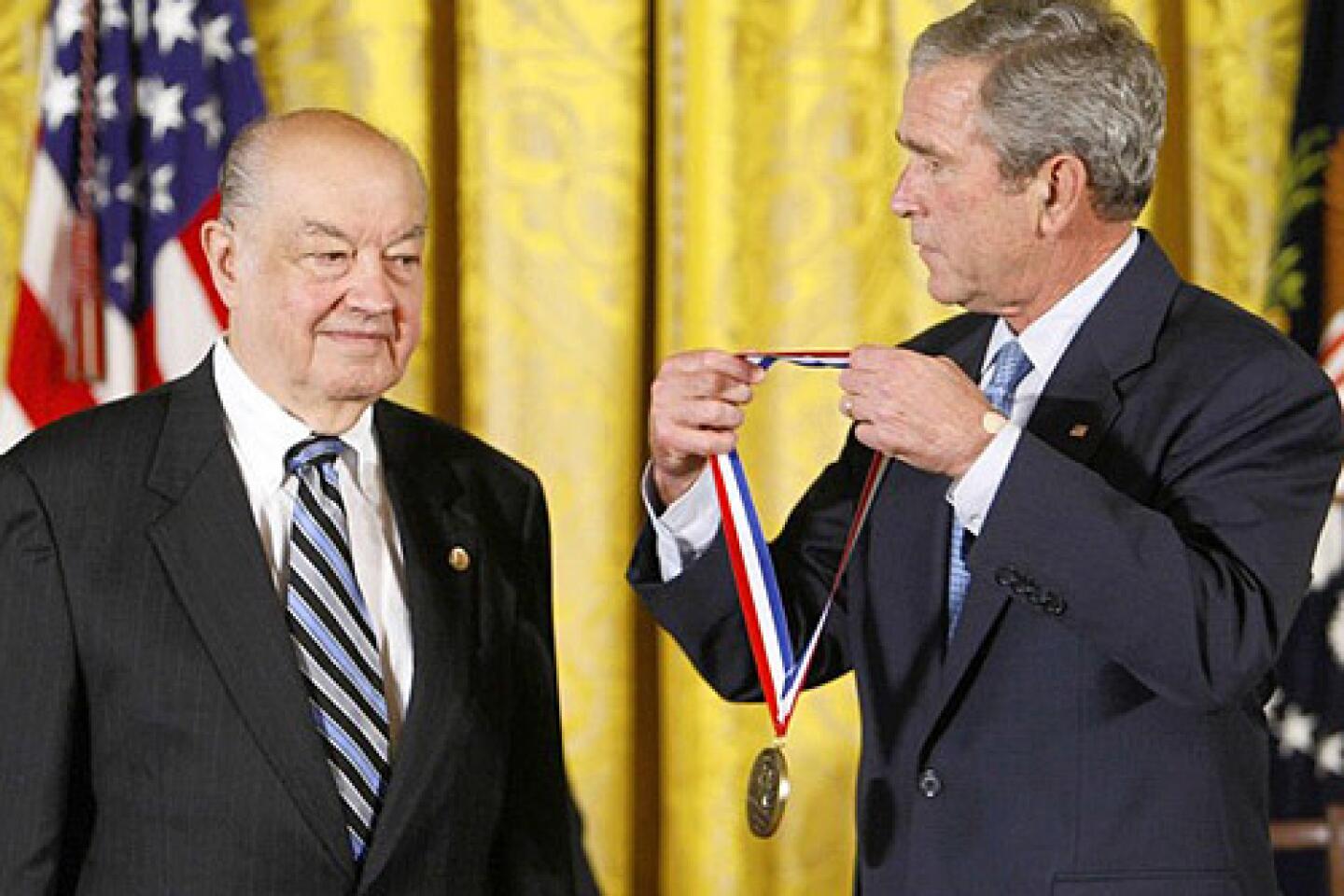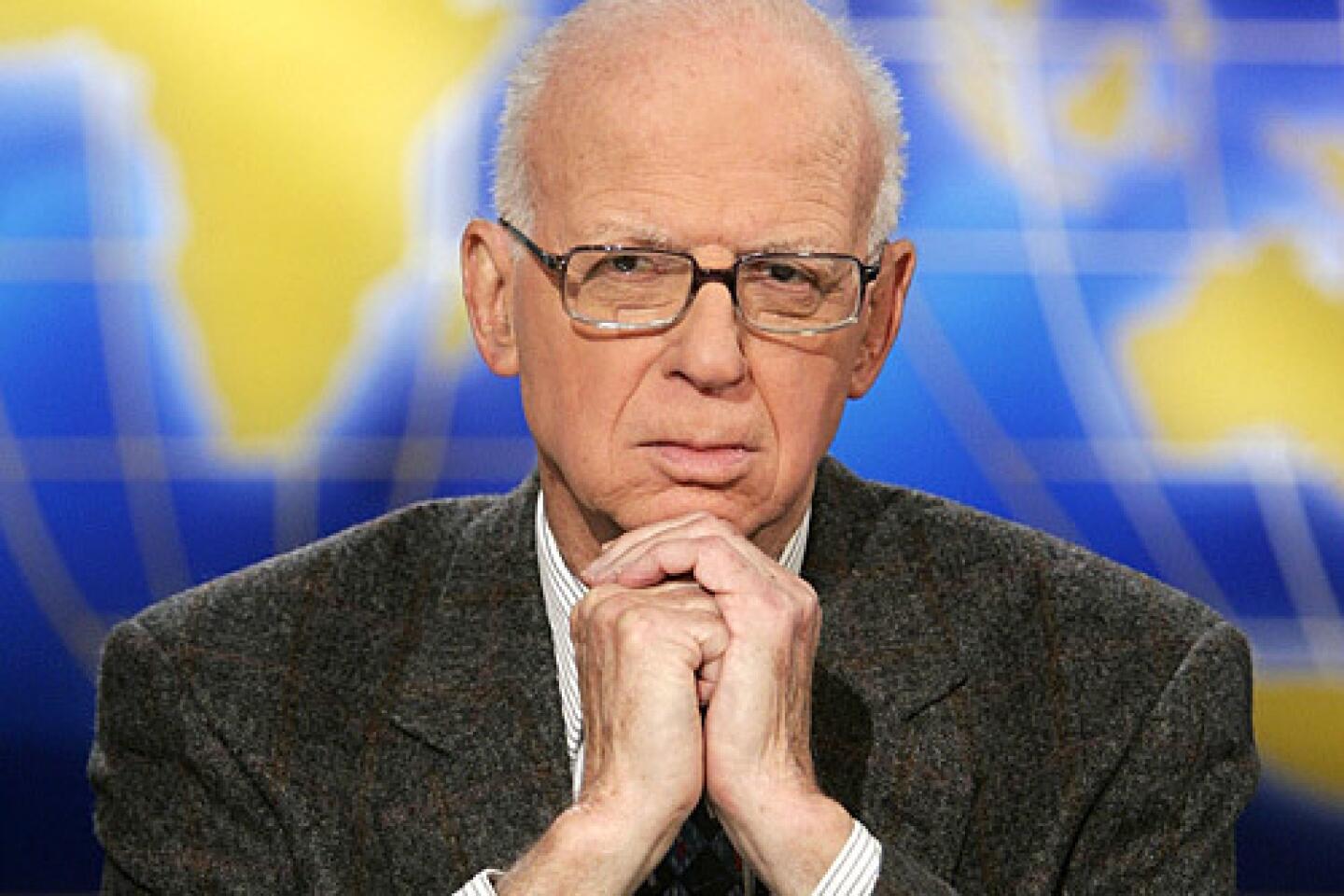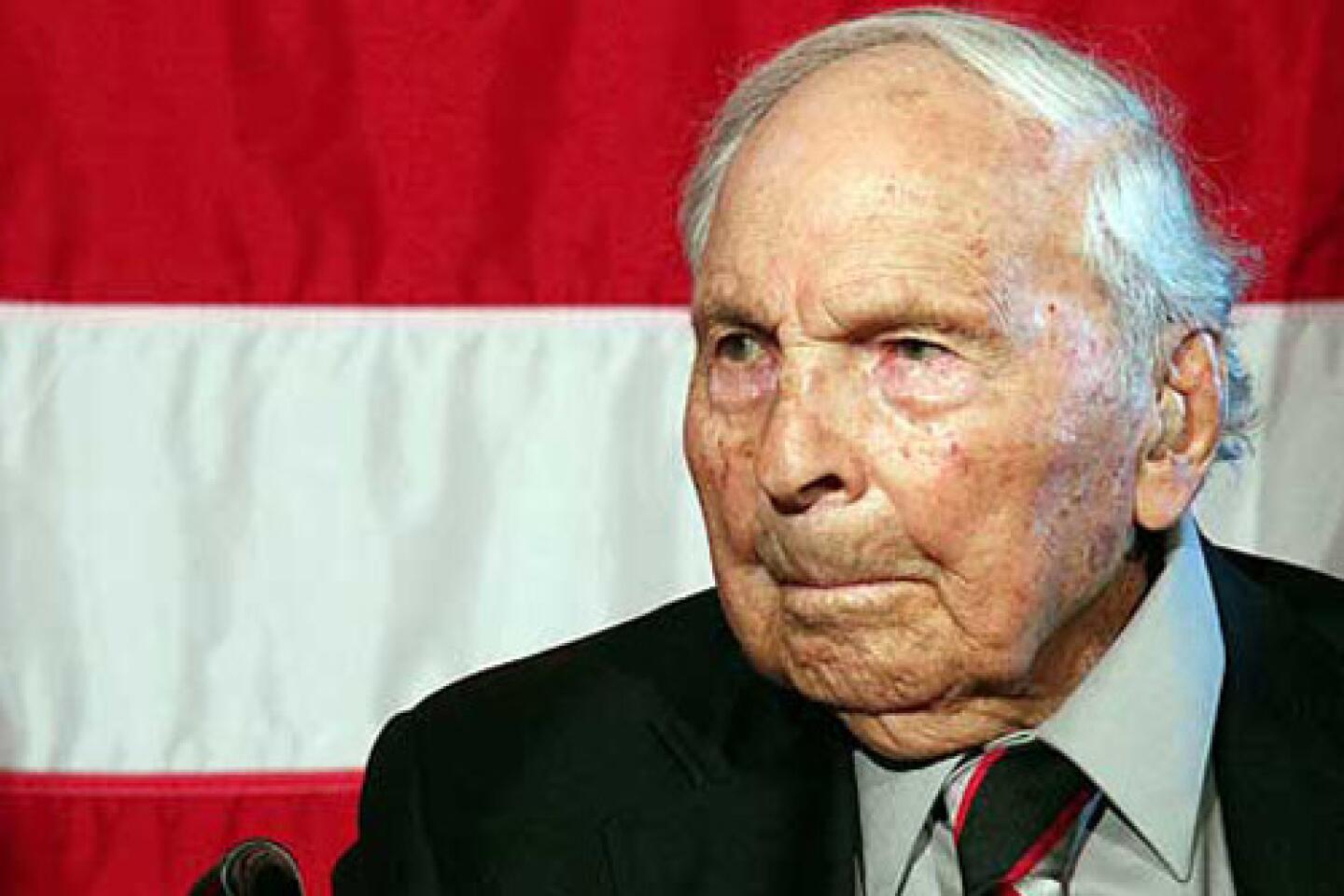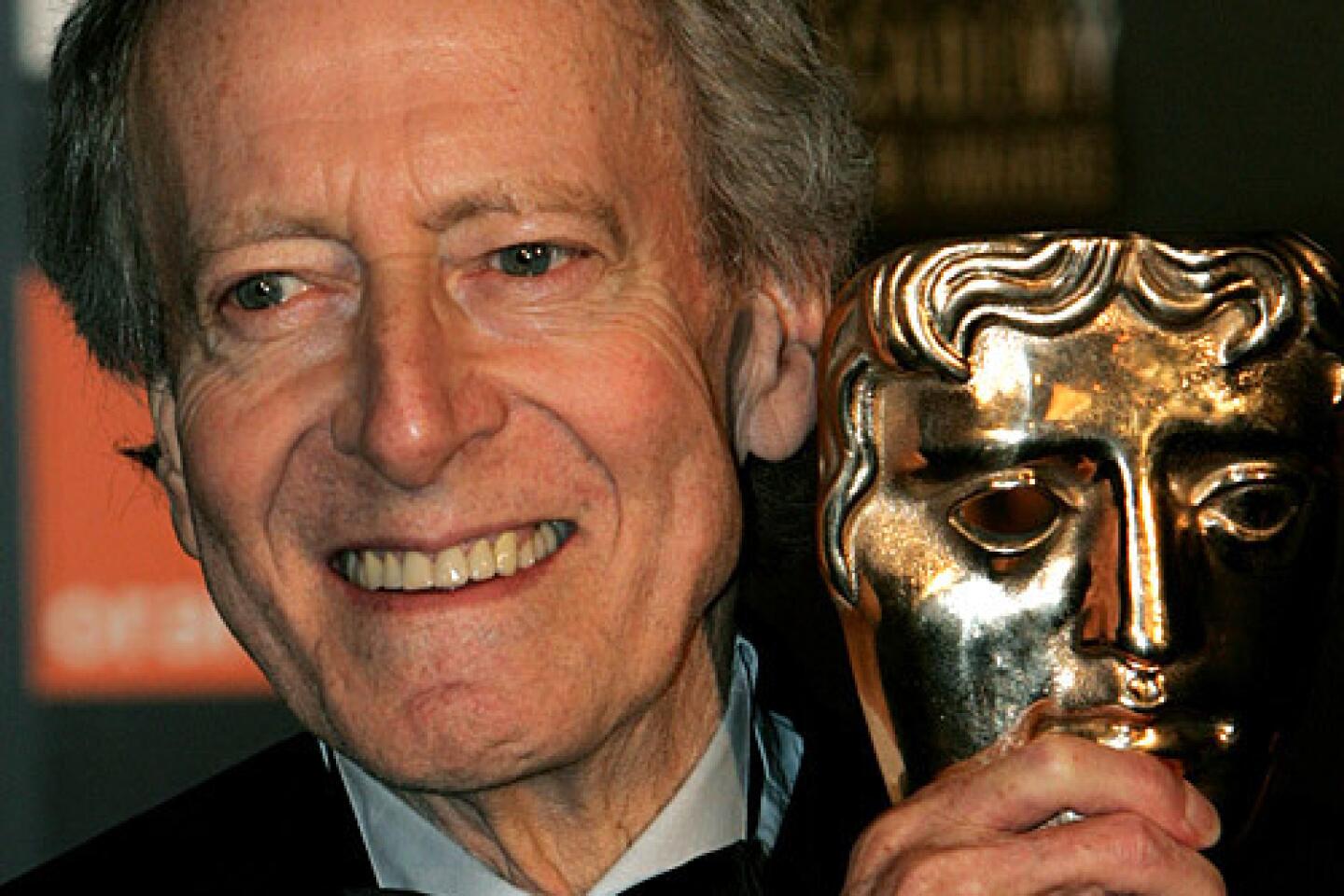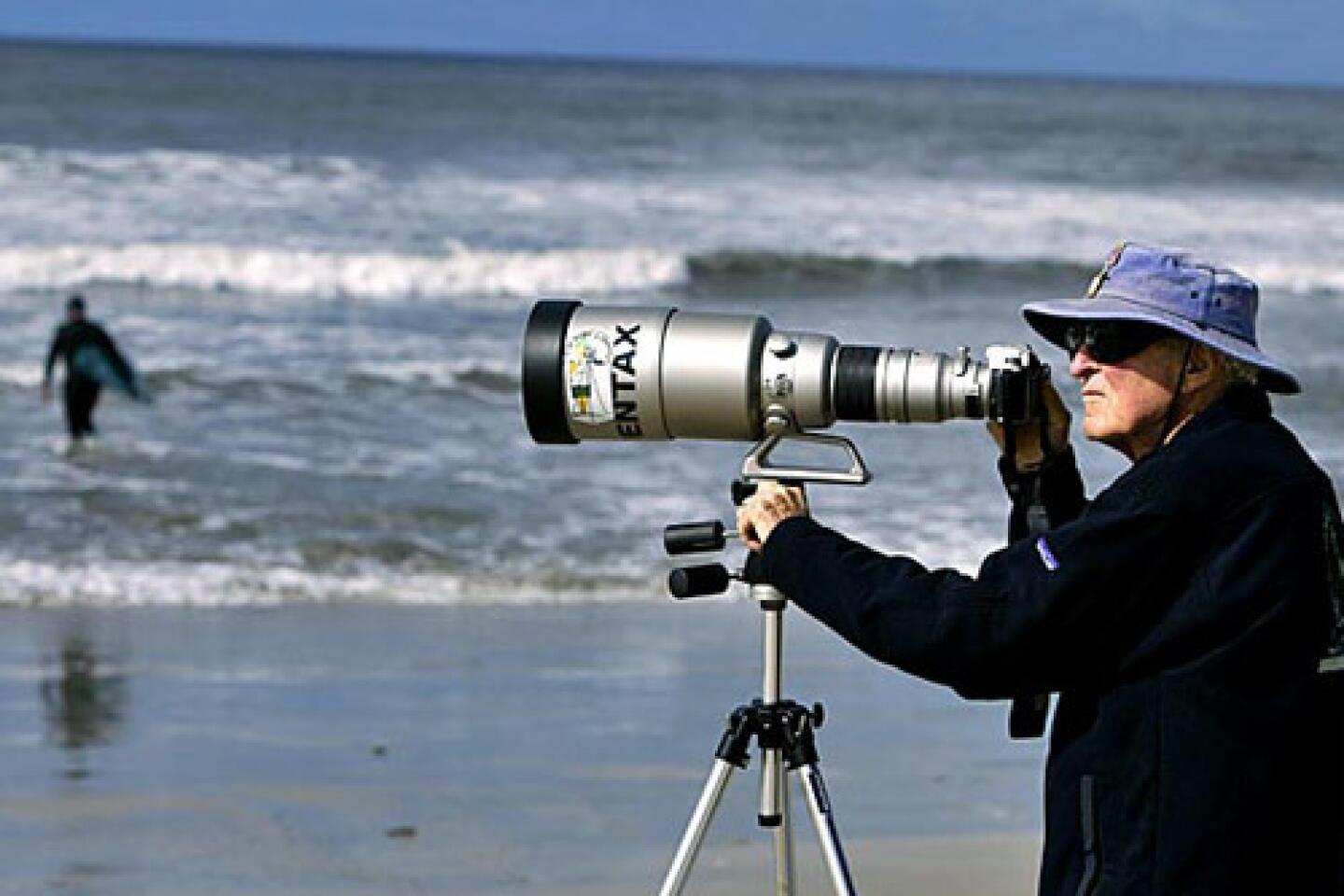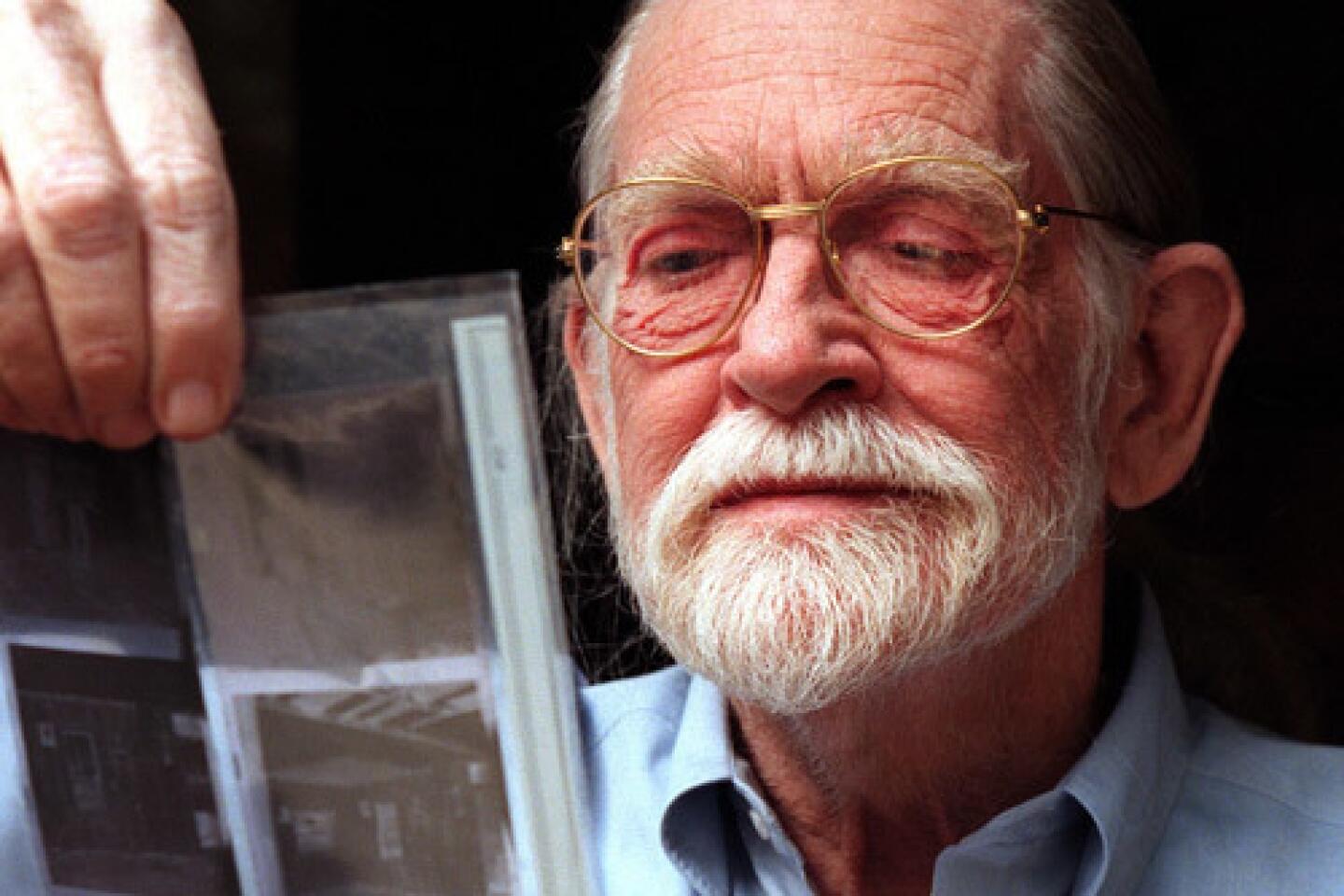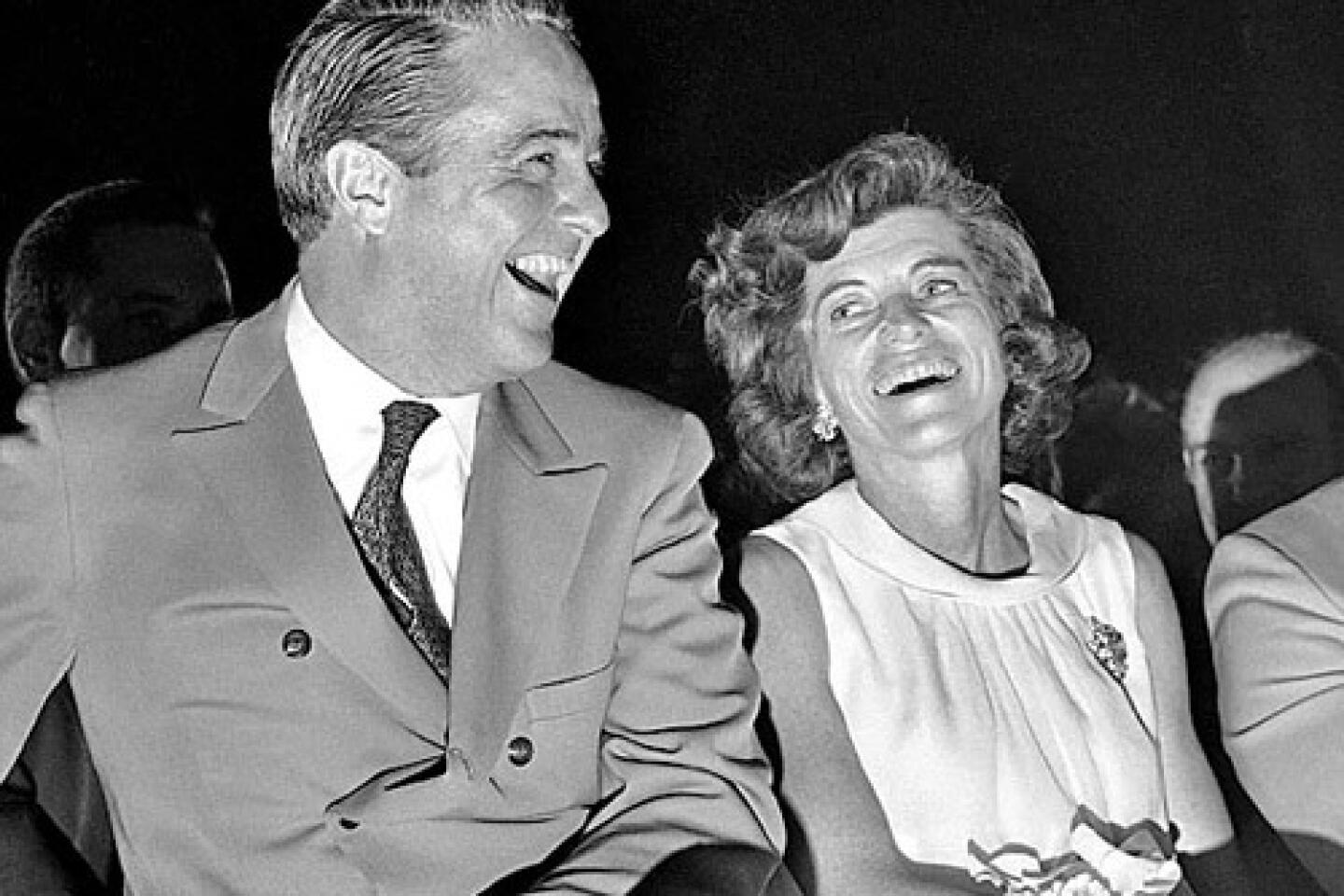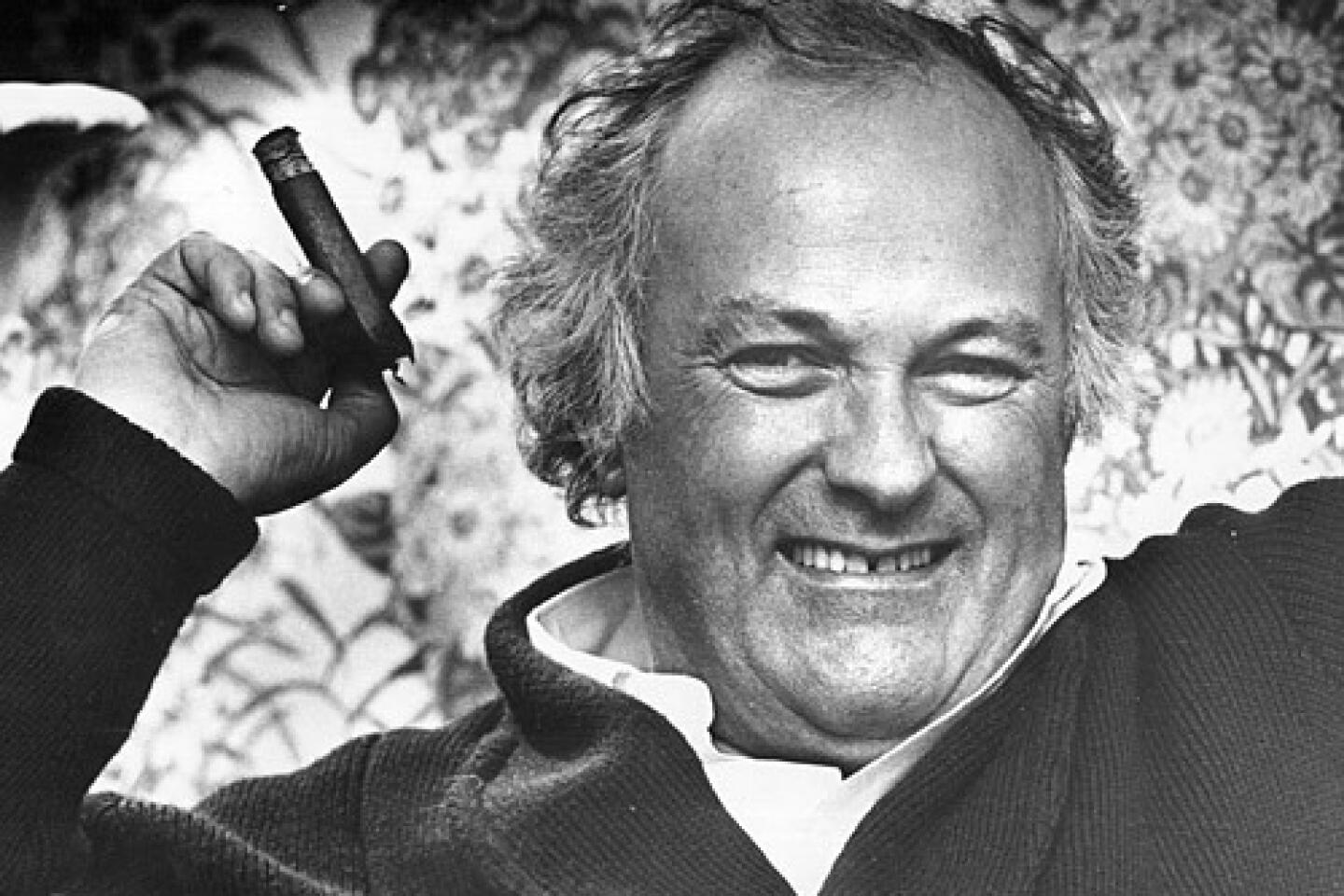Ron Fletcher dies at 90; opened West Coast’s first Pilates studio
- Share via
Ron Fletcher, a former dancer and choreographer who helped popularize the Pilates exercise system when he opened the first West Coast studio in 1972, died Tuesday at his home in Stonewall, Texas. He was 90.
The cause was congestive heart failure, said Kyria Sabin, director of Fletcher Pilates, which trains instructors in the exercise methods Fletcher developed based on the teachings of Joseph and Clara Pilates.
Forty years ago, few people outside of New York, where the Pilates method was first taught, had heard of the unusual fitness regimen, which involved strange-looking machines and movements similar to yoga and calisthenics. Today it is practiced by millions of people around the world, a popularity due in part to the celebrity buzz that surrounded Fletcher’s Beverly Hills studio.
Located above an exclusive salon at Wilshire Boulevard and Rodeo Drive, it attracted a who’s who of Hollywood in the 1970s, including Candice Bergen, Ali MacGraw, Dyan Cannon, Katharine Ross, Barbra Streisand, Raquel Welch and Cher.
Even Nancy Reagan, then California’s first lady, dropped in for raucous gabfests with Fletcher, whom she had known since her acting days in the 1940s.
“I saw every actor and actress you ever heard of in there … all the time,” MacGraw recalled in an interview last week. “It was fun. You’d crawl in and say, ‘Oh God, I’m going to have to really work for this hour’ … but you laughed all the way through it because Ron … was hysterical.”
In the Pilates world, he was seen as a pioneer who took the fitness program in new, sometimes controversial directions, expanding it to include standing exercises, floor work derived from his early studies with dance icon Martha Graham and upper-body work done with the aid of a rolled towel.
“We revere him as an elder teacher,” said Kevin Bowen, a co-founder of the nonprofit Pilates Method Alliance, which sets international training standards. “He opened the first studio in Los Angeles … and immediately made an impact.”
The “elders” were a small core of instructors who were trained by the Pilateses, German immigrants who established a studio in New York in the 1920s that attracted many dancers with injuries. One of them was Fletcher, who was a Graham student in the late 1940s when he sought the Pilateses’ help to treat a sore knee.
When he walked into their studio and saw the collection of odd contraptions Joseph had invented for Pilates work, he nearly turned around and left.
“It looked like a medieval torture chamber,” he told the Allentown Morning Call in 2003. “But within an hour I knew I was in the right place.” He followed the exercises, which emphasized using the mind to stretch, strengthen and control the body, particularly the abdominal core. Fletcher healed his knee without surgery.
Born of Irish and Sauk Indian descent on May 29, 1921, in Dogtown, Mo., Fletcher grew up there in humble circumstances. After World War II, when he was working in the advertising department of Saks Fifth Avenue in New York, he went to a performance of Graham’s company and decided he wanted to join it. Undeterred by his lack of formal dance training, he showed up at her studio every day for three weeks but couldn’t get past the receptionist.
Finally, the elegant doyenne of modern dance emerged to find out who the bothersome young man was. After asking a few questions and observing his graceful movements, she agreed to let him take classes with her.
He parted with Graham when he joined the cast of the 1946 Broadway musical “The Lute Song,” starring Mary Martin, a move that launched his career as a dancer and choreographer.
He staged shows for the Ice Capades for 13 years, a run that ended because of a drinking problem. During what he called “one of my worst benders ever,” Fletcher missed the opening of the 1965 Ice Capades in Madison Square Garden and was fired. Two years later he joined Alcoholics Anonymous.
During his recovery, he returned to Pilates, working closely with Clara after Joseph died in 1967. He credited Clara with pointing him to his next career.
With her approval, he opened the Beverly Hills studio but deliberately didn’t advertise it, which gave it an aura that appealed to the in crowd. His first client was Judith Krantz, a journalist married to a Hollywood producer who later wrote the bestselling novel “Scruples.”
When they met, he announced that he was a gay recovering alcoholic of mixed parentage with a humor that, she wrote later, “won my heart instantly.”
“He was ultra-charming,” Krantz, who still practices on a custom pink-leather Pilates machine, recalled in an interview last week
As Pilates classes proliferated, especially after a federal district judge canceled a studio owner’s trademarking of the Pilates name in 2000, Fletcher complained that standards were falling and wished that the fad he had a hand in shaping would end. One of his pet peeves was people who called it “pul-LAH-tees”; he insisted that it was pronounced “pul-LAH-tis.”
He gave up his studio about 20 years ago and moved to Texas but continued to travel the world giving workshops. He taught his last class in May at a 90th birthday celebration in Tucson.
His longtime partner, John Battles, died last year. He is survived by a half sister, Fran Herrera, of Los Angeles.
More to Read
Start your day right
Sign up for Essential California for the L.A. Times biggest news, features and recommendations in your inbox six days a week.
You may occasionally receive promotional content from the Los Angeles Times.
